
Winter changes everything in Russia. 40-year-old Soviet cars become drift kings, while wagons acquire truly magical properties.
The winter drift season has just ended here, and all the drivers are getting back to concentrating on their summer drift cars. But before it becomes ancient history, let’s take a closer look at a few notable cars from the 2018-2019 Winter Drift Battle series.
This season was once again dominated by the Lada 2102 wagon, with the first four spots in the championship occupied by the estate model.
Lada also has the 2104 wagon, but they are not as dominant as the earlier model, mostly due to their chassis length. If you’re confused by which is which, the 2102 is distinguished by its round headlights, while the 2104 features rectangular units.
Three Times A Champion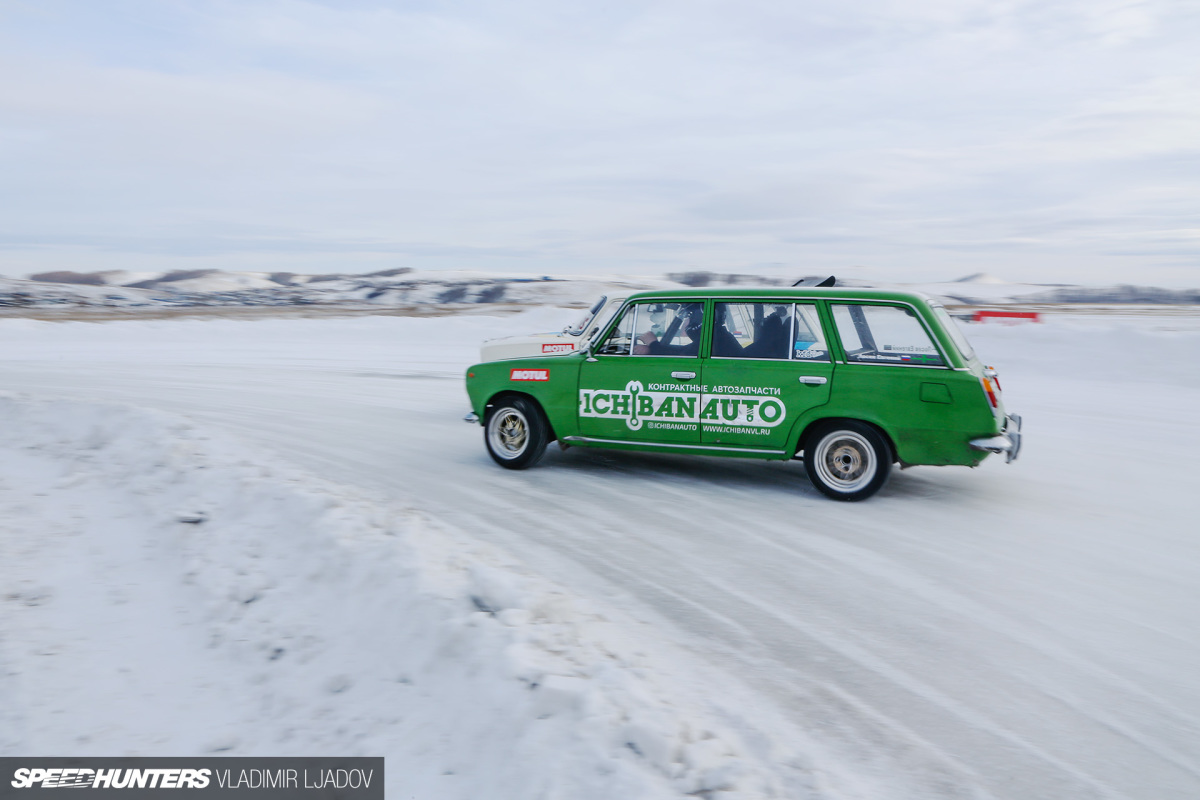
Jevgeniy Losev comfortably secured his third Winter Drift Battle title this year in his trusty 2102. The first time this model won the championship was in 2014.
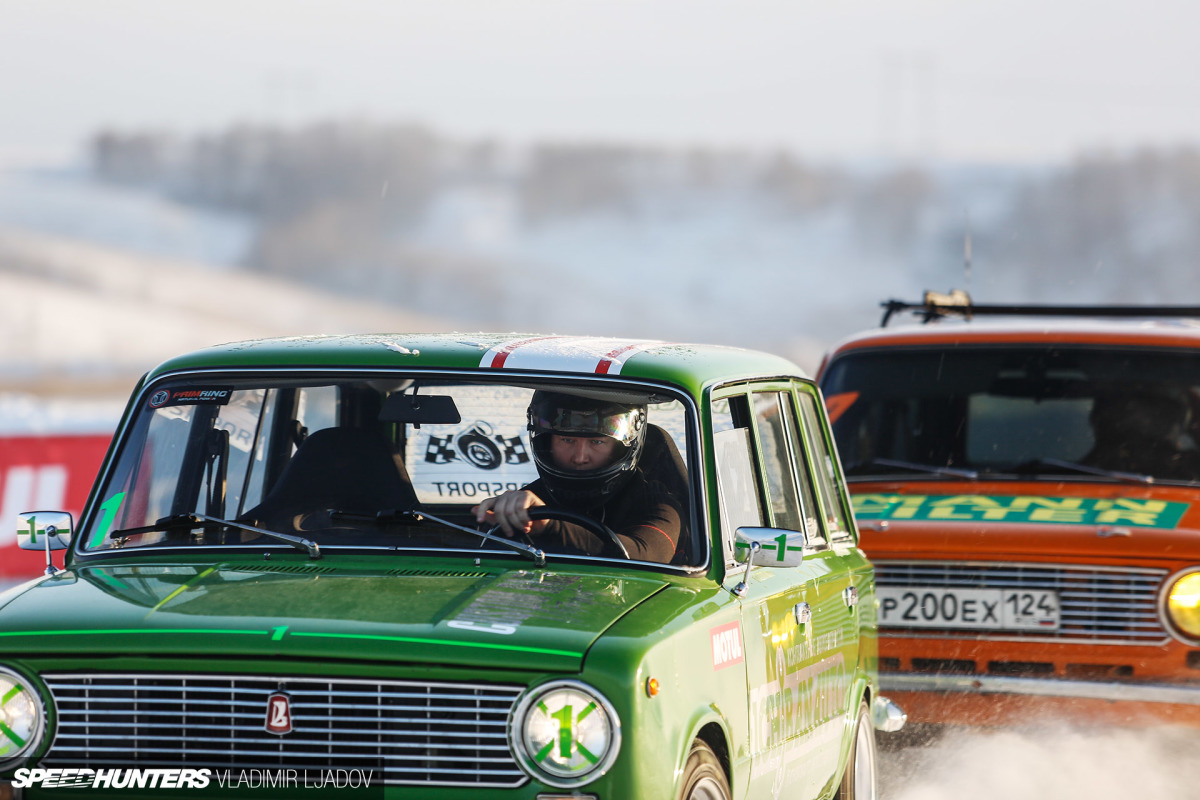
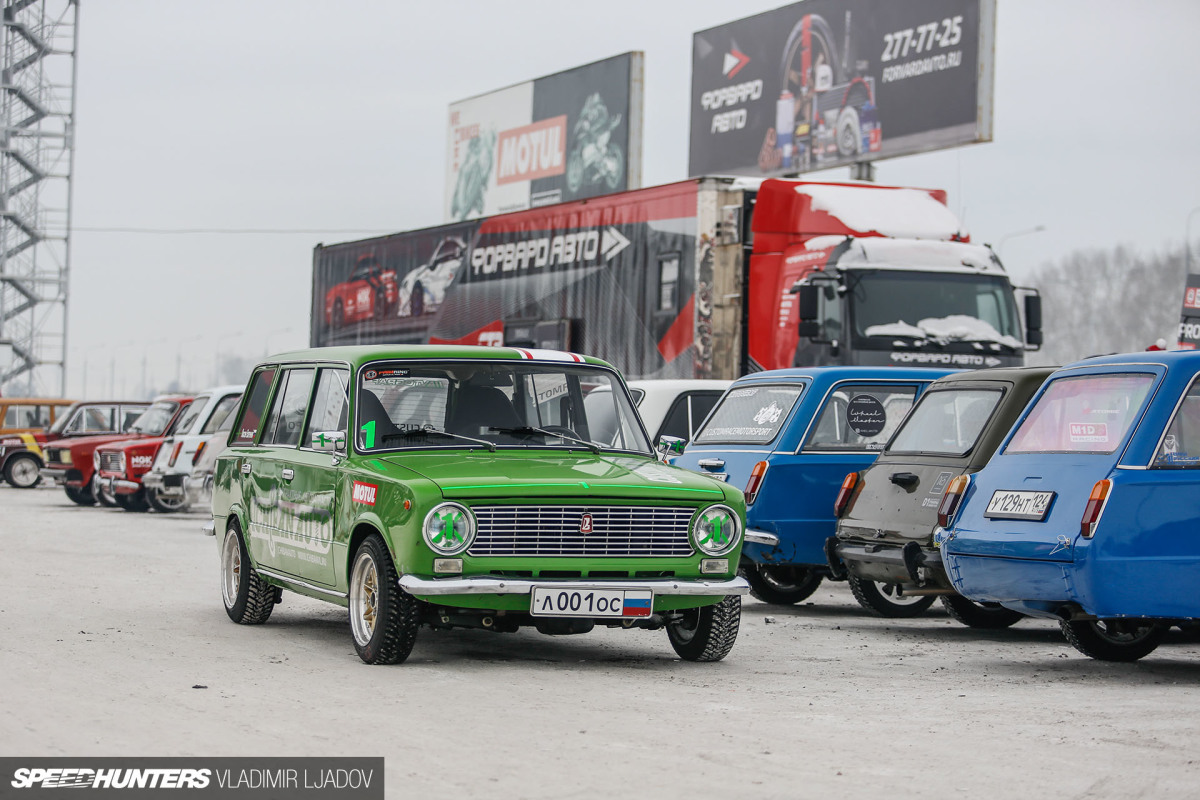
Losev’s car is one of the cleanest and most well-thought-out builds in the series, featuring a 1.7L engine setup similar to those used in rally-spec Ladas of the Soviet era. A modified cylinder head, lightweight pistons and valves, and higher compression ratio all help to produce around 120hp and 150ft-lbs of torque.
A sequential four-speed manual transmission provides faster acceleration, and for a Lada, a used unit costs only the equivalent of $1,200.
It’s in the suspension department where all the real magic happens. Control arms and tie rods are modified in order to provide bigger angle and positive caster; coil springs are 30mm shorter but retain the original spring rate; Lada Niva shocks are fitted with the rear units moved further apart from each other to improve stability.
The finishing touch then comes in the form of a limited slip differential.
The wagon’s interior is largely original, with only necessary changes made. These include Subaru WRX STI seats for better lateral support, a sports steering wheel and an e-brake modification. One thing I found interesting was the gas pedal, which has had its movement lengthened for improved throttle modulation in slippery conditions. The car sits on original Work Equip 03 wheels.
Kawalada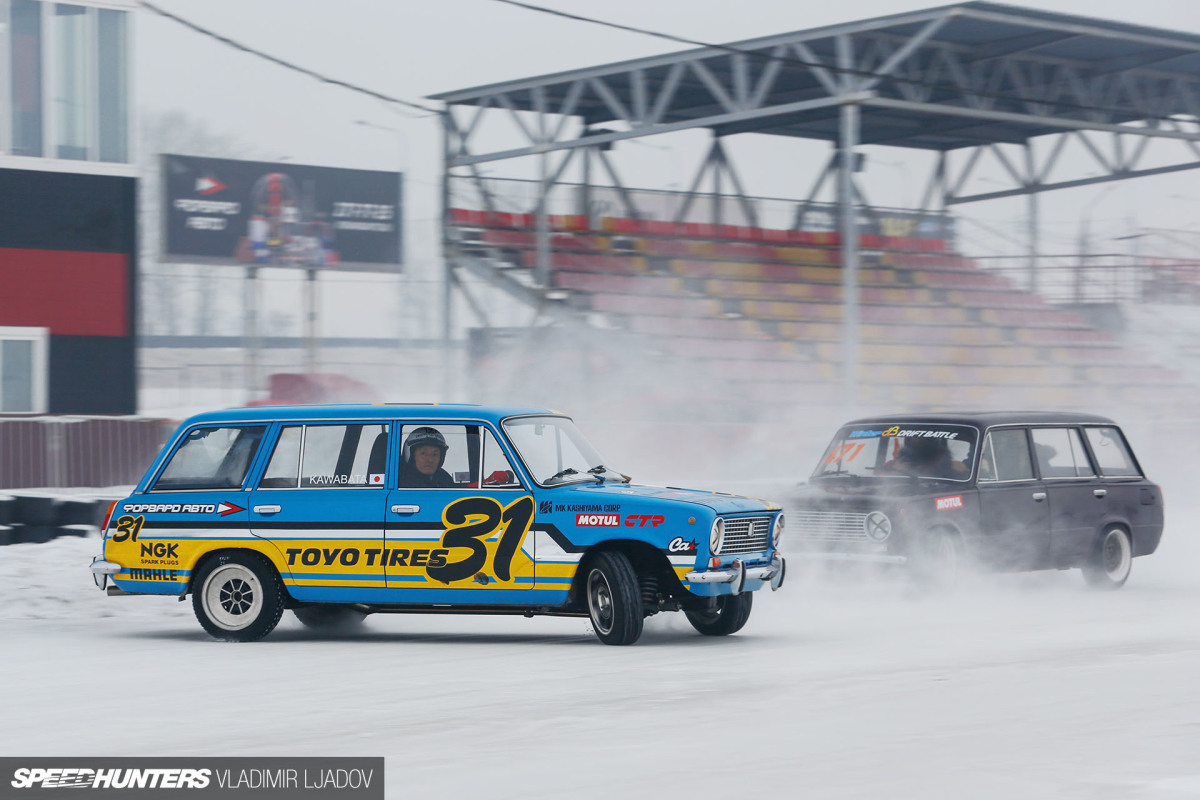
Another stand-out Lada was the blue wagon built by Forvardavto, a professional drift team managed by FIA drift champion Georgiy ‘Gocha’ Chivchyan. The most notable thing about this is 2102 is the right-hand drive setup.
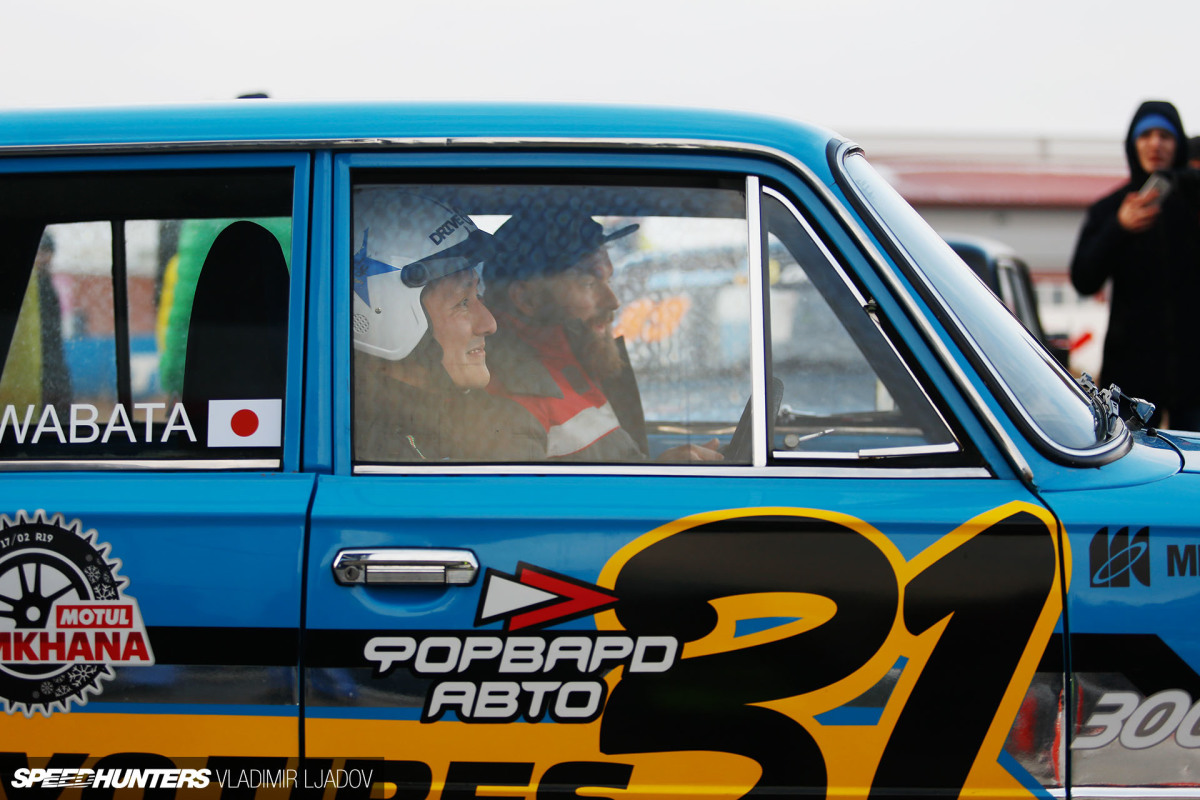
Gocha built it for himself, but it was the obvious car for Masato Kawabata – Japanese drift legend and another FIA drift champion – to guest drive. Kawabata-san liked the 2102, and mentioned that it felt “analog” like a Toyota AE86.
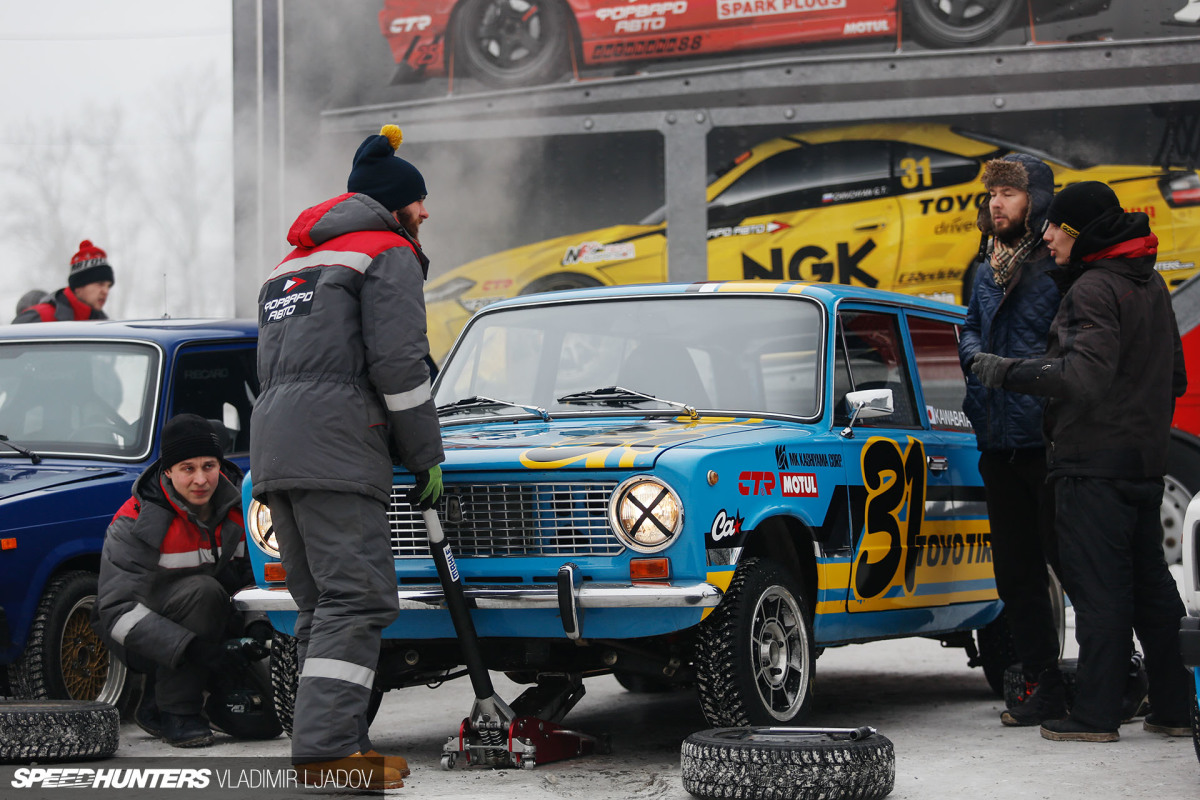
In order to complete the right-hand drive conversion, the dashboard was cut apart and switched left to right, and Suzuki steering was adapted. The drivetrain is similar to Losev’s car and features a Niva 8-valve engine with modified head and Weber carburetors. Disc brakes feature up front with drums at the back.
Learn History, Kids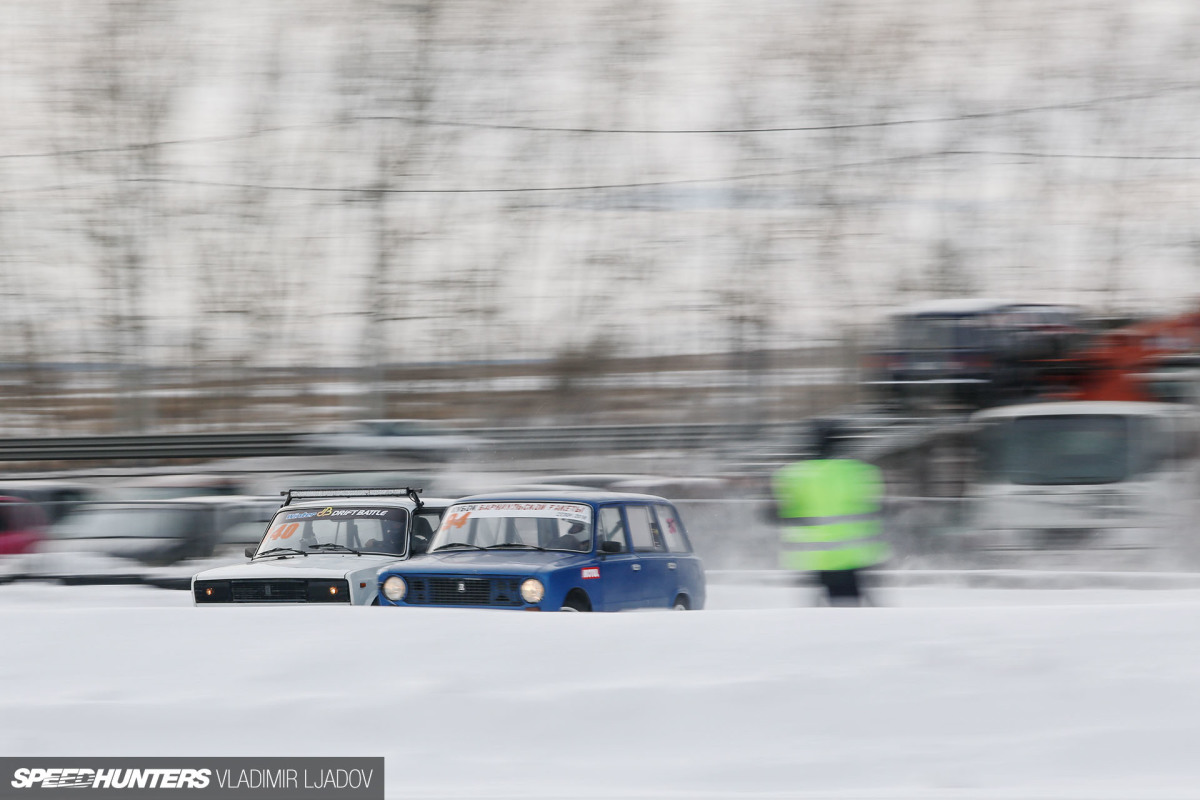
Back in the USSR in 1982, one of the top VAZ racing drivers, Nikolay Bahmurov, prepared a 2102 for winter racing. It was the first time anyone had used the heavier Lada wagon for competition, and as such other competitors didn’t take him seriously. But it didn’t take long for that to change.
Not long after debuting the 2102, Nikolay won a winter hippodrome race. On the podium he explained that during testing he quickly realized how much harder it was to spin the wagon while oversteering than it is in a sedan, and that given this fact he was able to carry a lot more speed into every corner. Already back then he was speaking about the aerodynamic advantage the wagon has during long slides.
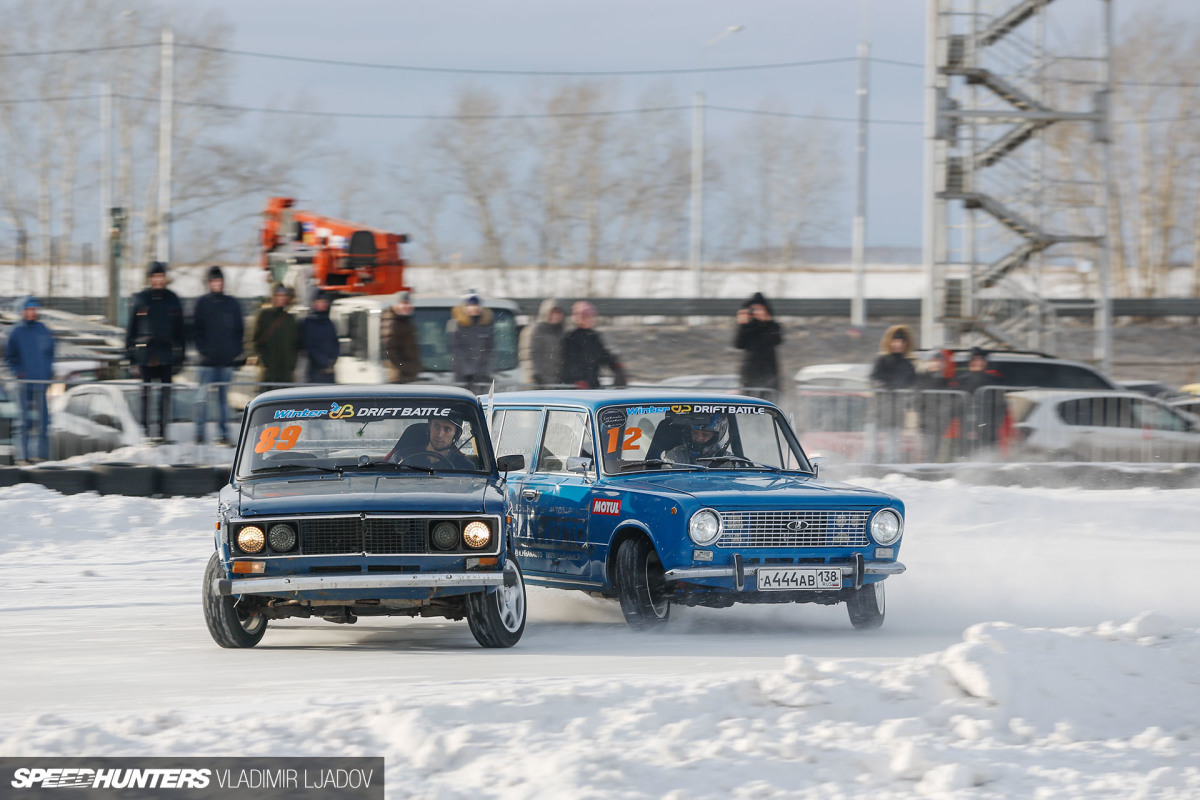
You can see in some of my pictures that wagons drive with more extreme angles.
Damir Idiyatulin was the first winter drifter in modern history who brought a Soviet wagon to a JDM-dominated fight. He convincingly took the 2014 Winter Drift Battle championship in his first year by winning three of the four rounds. On some track layouts the competition just couldn’t keep up with the Soviet brick, and by the end of the season the top five looked like this: VAZ 2102, Nissan Skyline R33, Mazda RX-8, Mazda RX-8, Nissan Skyline R34. After that, there wasn’t a single foreign car on the podium.
Until now.
Japanese Takeover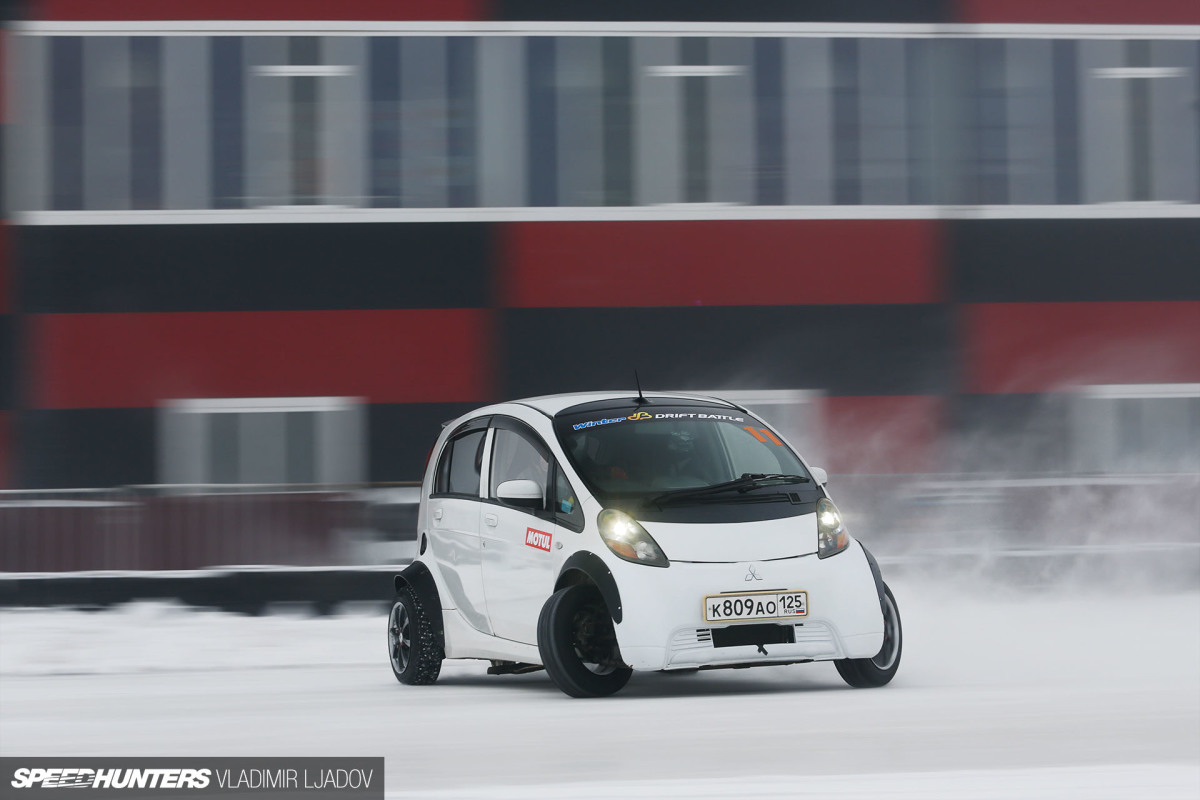
One man from Vladivostok decided to try and break the VAZ domination and experimented with two Japanese cars during the season. His name is Maksim Sedih, and he’s the Eastern Russia Drift Champion. For those of you unfamiliar with Russian geography, Vladivostok city is located on the eastern shore of Russia, next to Japan. That region is a great importer of second-hand Japanese cars, so Maksim was able to choose a solid JDM chassis for winter drift duties.
He knew that the car needed to be very light, and the weight needed to push the axles without generating a pendulum effect at the front or rear. His first choice was a little Toyota Starlet 3-door hatchback from the 1980s. With some small adjustments, mainly to the suspension, the car was instantly competitive, dominating every Lada and taking the win.
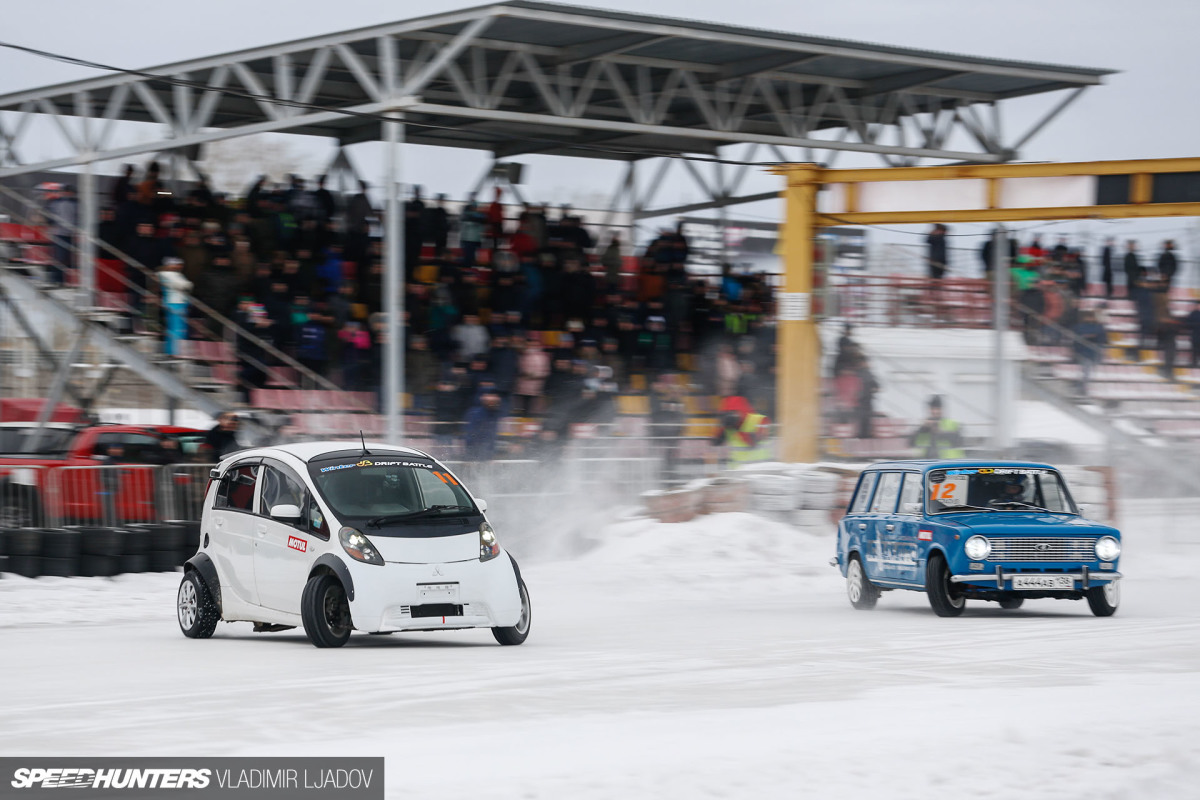
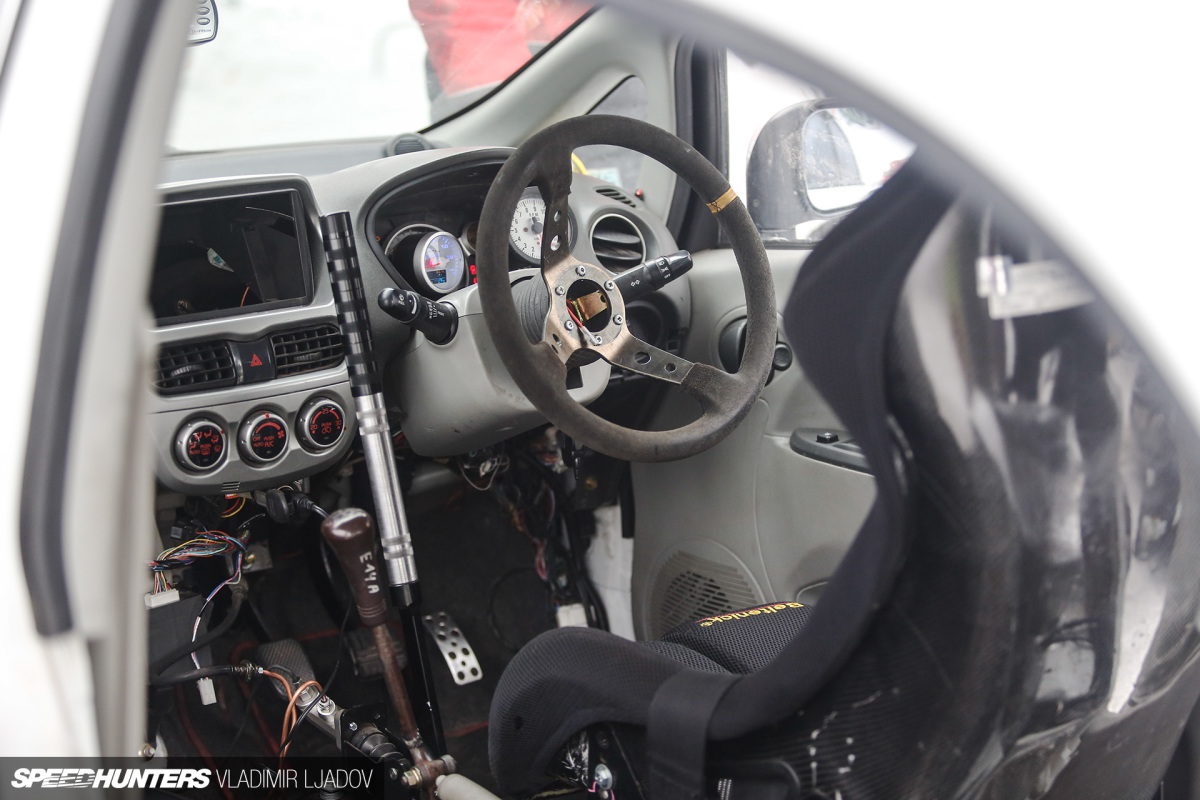
Next, he turned to a small Mitsubishi i kei car, albeit one that was powered with a 1.5L turbo engine from a Mitsubishi Colt Ralliart. The engine and its corresponding 5-speed Getrag transmission was mounted in the rear of the car (the Mitsubishi i runs a 660cc factory rear-midship engine setup), the wheelbase was widened by 13mm on each side, and the front suspension was reworked for more steering angle. Total weight is only 1800lbs (816kg).
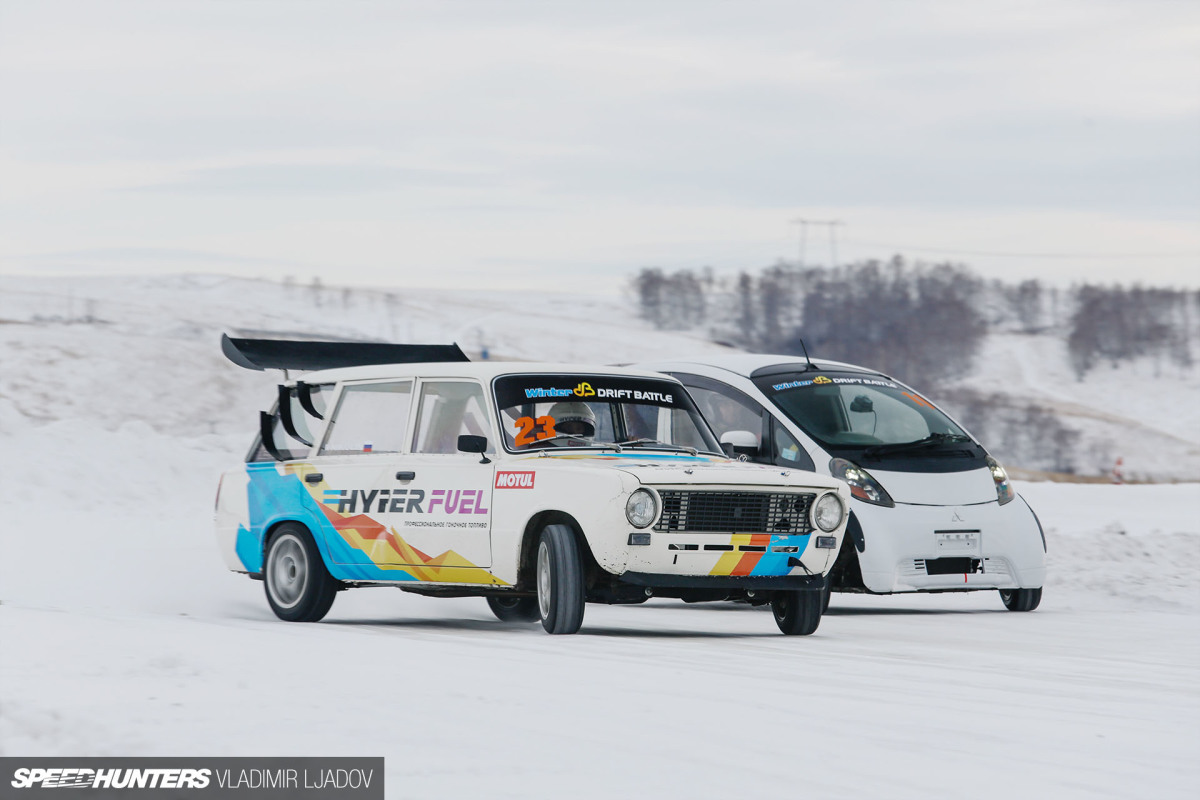
These few changes were enough to make the Mitsubishi a tiny rocket that could handle backward entries with relative ease. Maksim was dominant again and took another win, proving that there are capable foreign winter drift cars, you just have to find them – or in this case, create them.
Sedans That Tried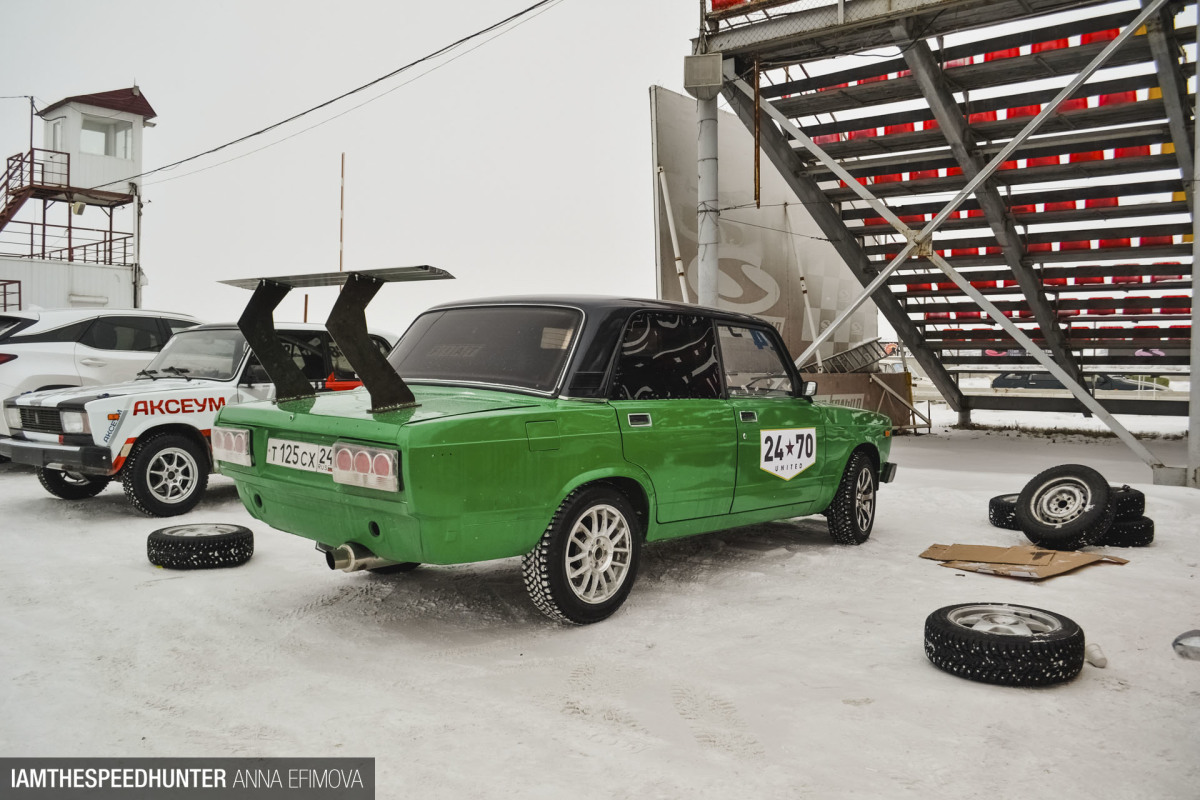
This last chapter celebrates a few of the VAZ sedan that tried to end the wagon’s dominance. At first, it was believed that it’s the weight that makes wagons faster, so sedans had extra ballast added to their rear ends. Some competitors went as far as screwing on high spoilers that were filled with lead for extra weight at the top. But these modifications were all in vain because the 2102 wagons were still faster. It was race driver Alexander Andreadi who discovered the answer.
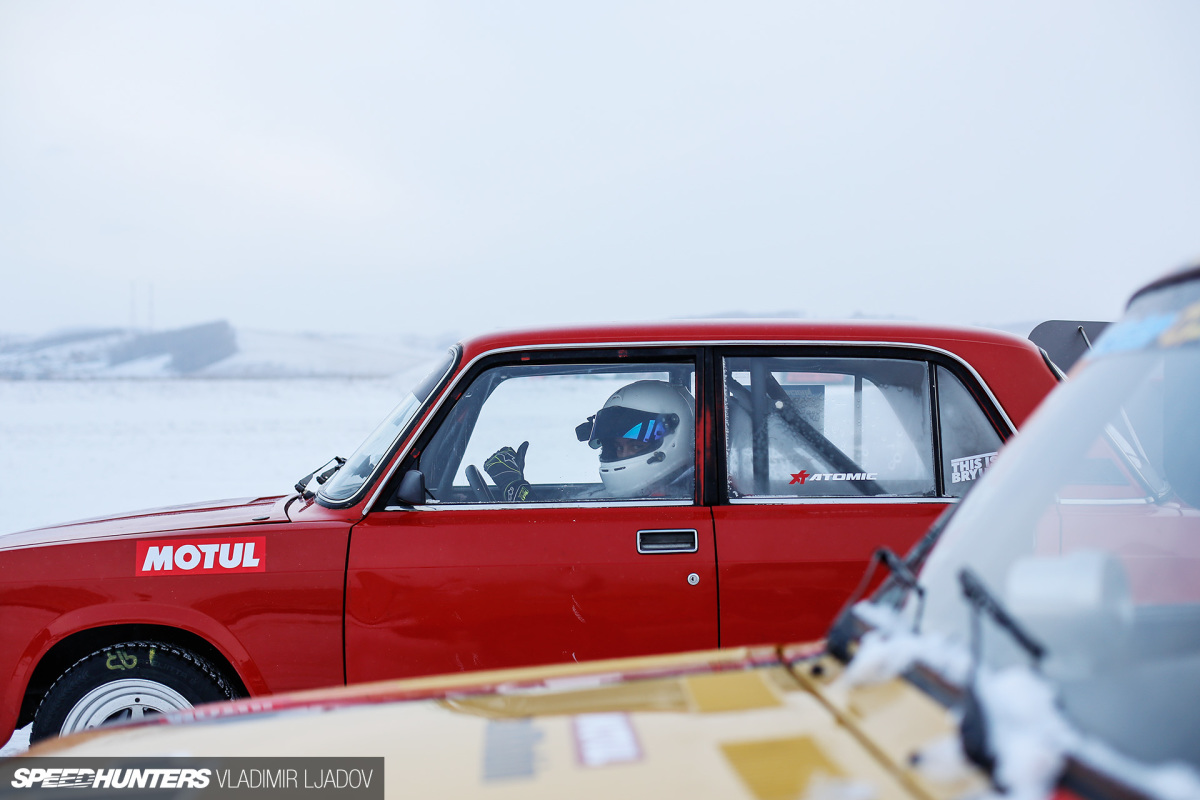
A few years back, Alexander was invited to compete in the Winter Drift Battle. He managed to pass the qualifying stage and stood against Jevgeniy Losev in the Top 32. When he saw how much faster the wagon was, he started to think about nuances. Alexander bought a Lada 2105 sedan and signed up for the full season.
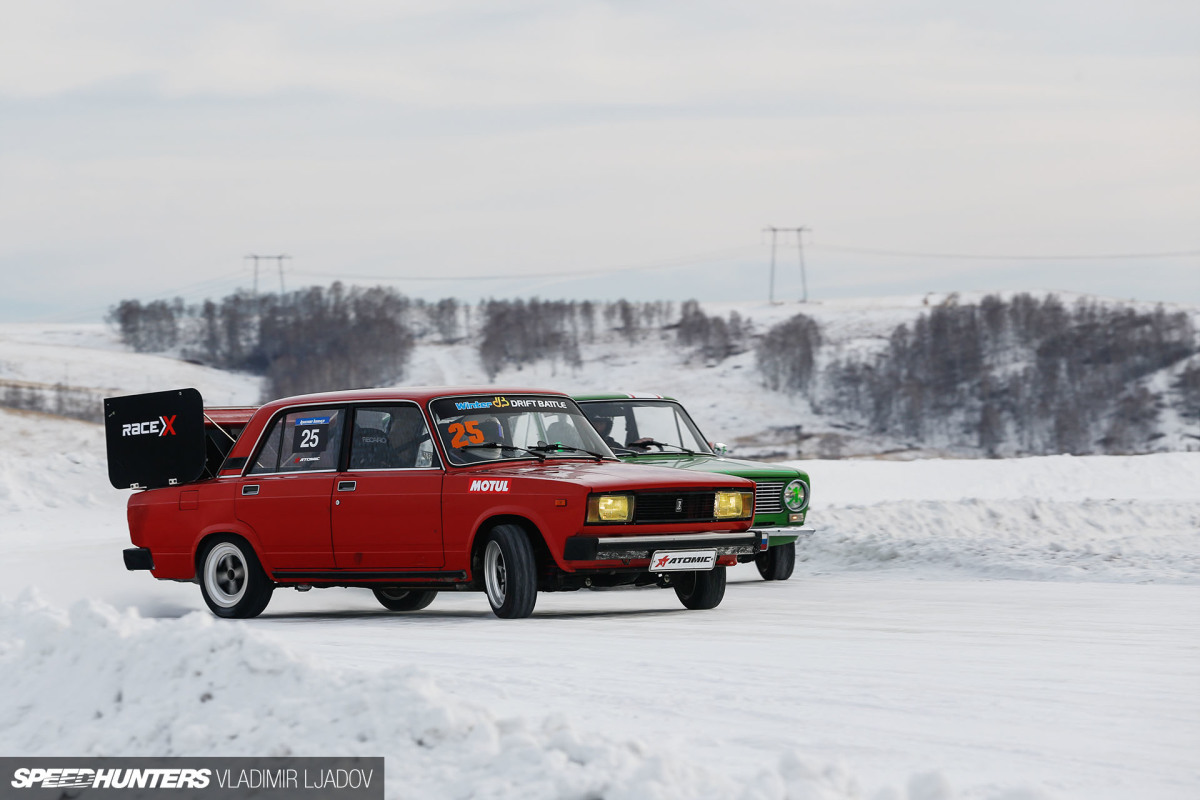
Alexander was friends with competent Russian rally driver Stanislav Gryazin, and the pair spent a few good four to five-hour-long meetings discussing the subject and thinking about how they could make a sedan competitive. They focused on two main aspects: dynamic weight distribution (the wagon has a high roof that stretches all the way to the back, respectively the point of this weight lever is pushing the rear axle more when a car accelerates), and side aerodynamic drag.
Later on, Alexander found proof of this in archival issues of a Russian car magazine, where they were testing VAZ classics in a wind tunnel. It was proven that the wagon had two times the stability of the sedan.
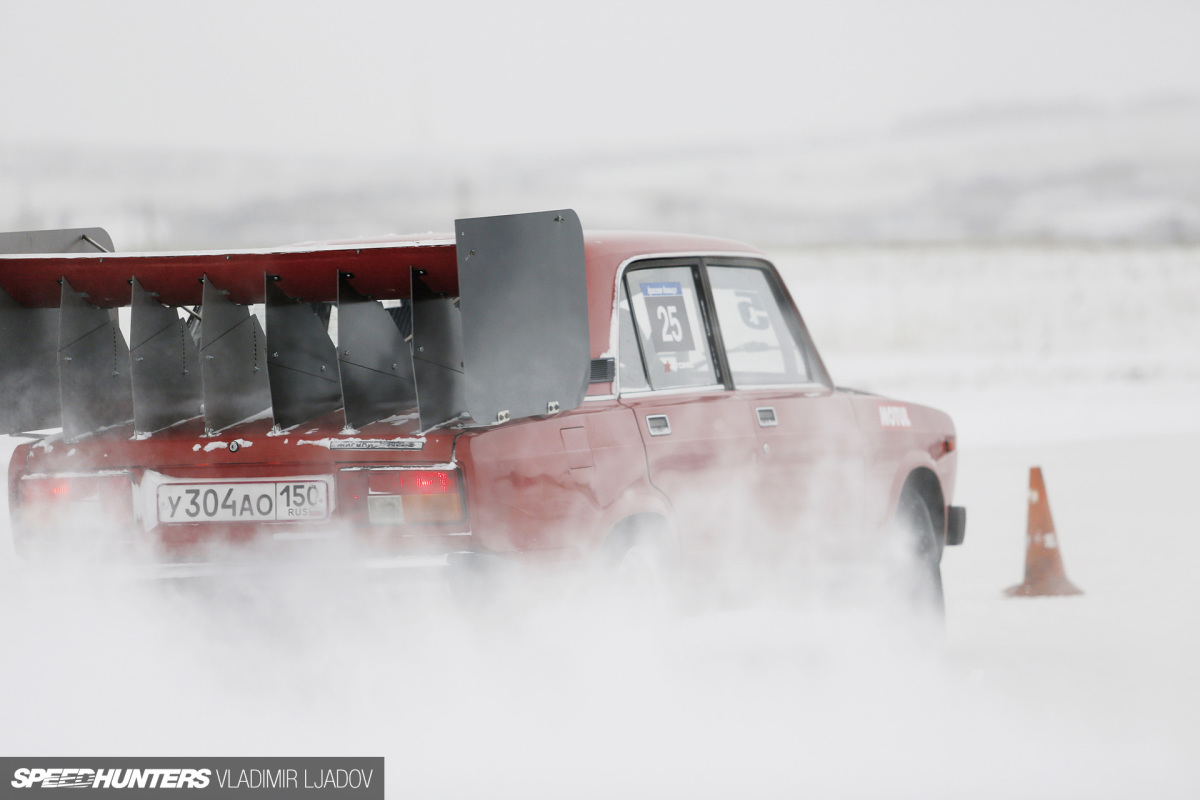
Based on all of this data, three rear spoilers were made. The first one lacked the drag, the second had too much of it, but the current monster – which bears some similarity to the Subaru Impreza WRC car wing – proved to help during drift and aid acceleration.
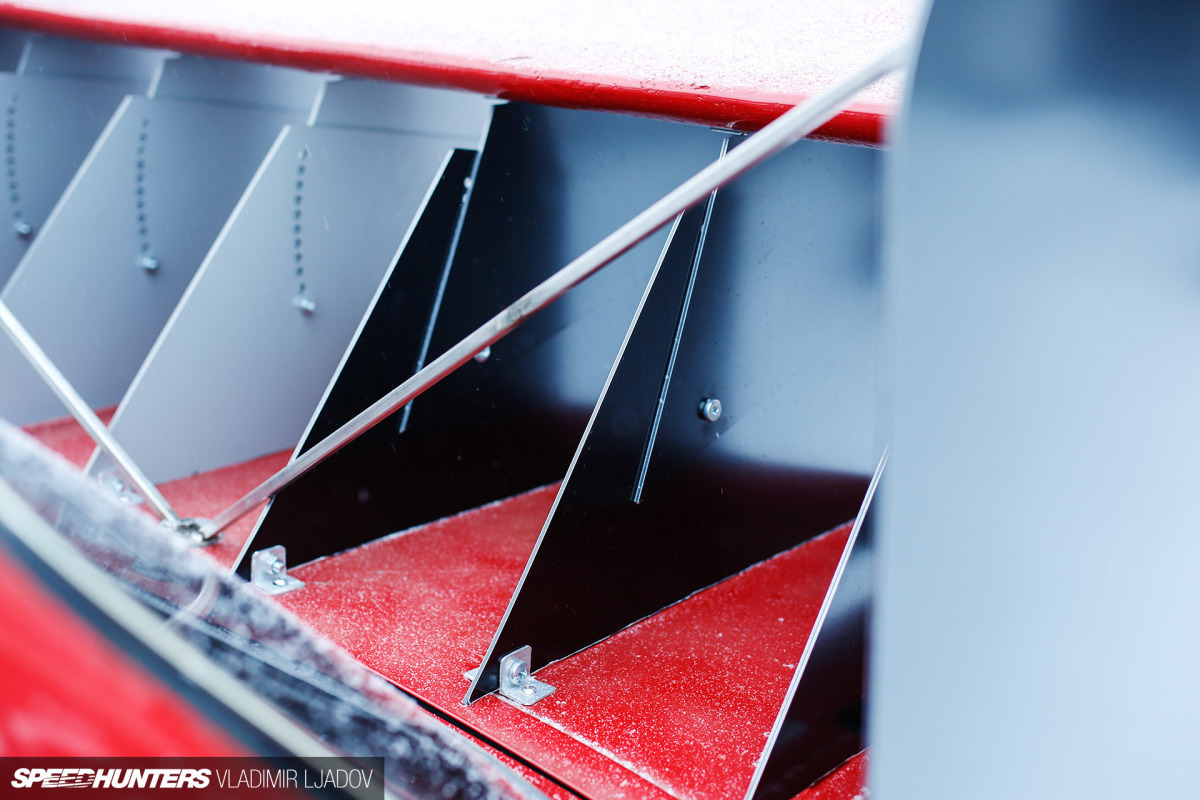
The wing, which is made from foam and covered with fiberglass, is configured to have the least resistance while maximizing the downforce. Above 45mph (72km/h) the car is pushed down and grip is improved, while the side drag is similar to a wagon.
Alexander finished the season strongly in 12th spot, qualifying at every round and only being beaten by one other sedan.
Japanese Influence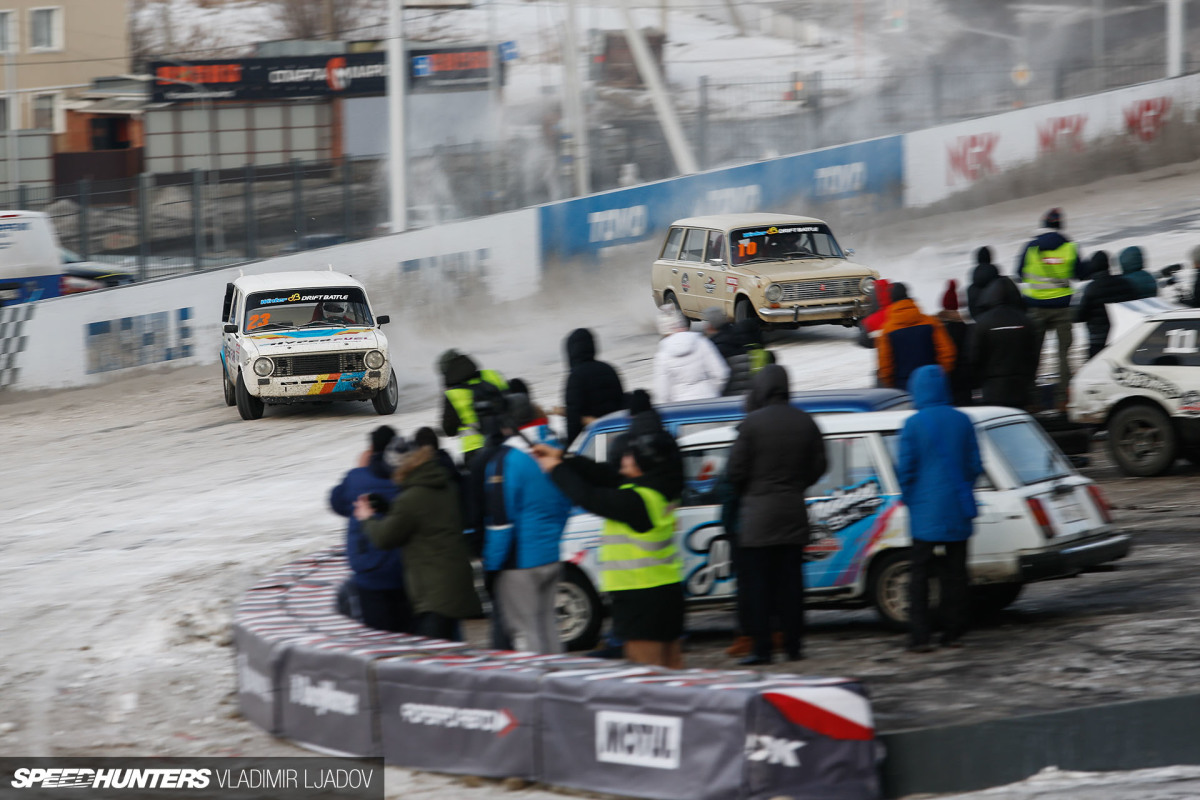
You may notice that a lot of the cars that compete in the Winter Drift Battle are heavily influenced by JDM style. It’s not only cars, though. After the event finished on the Red Ring circuit, there was another organised for the next day.
The Motul Zimkhana (Winter-khana) is a special event run on a replica of the famous Ebisu Minami course, but located in Krasnoyarsk city alongside the Forvardavto car parts shop owned by Georgiy Chivchyan.
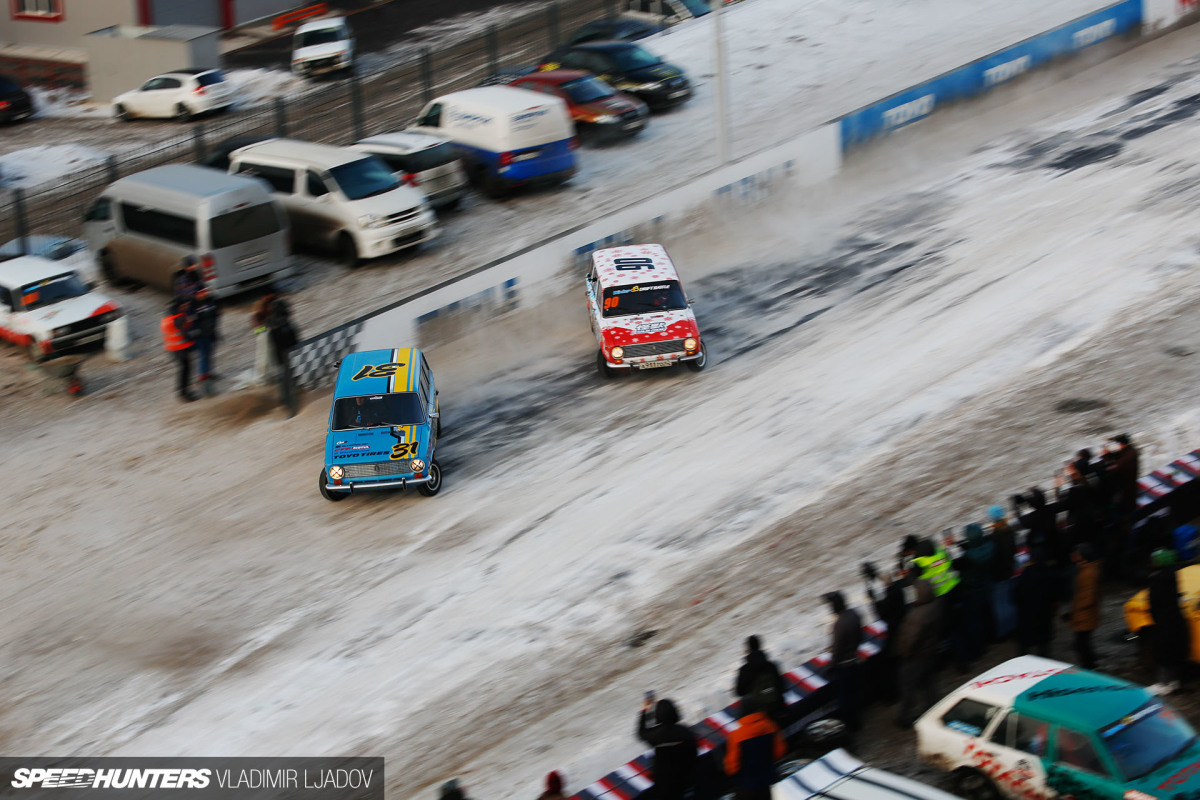
Masato Kawabata approved and said that it’s very similar to the real deal – except with snow. He cemented his claim by qualifying second with 99.50 points.
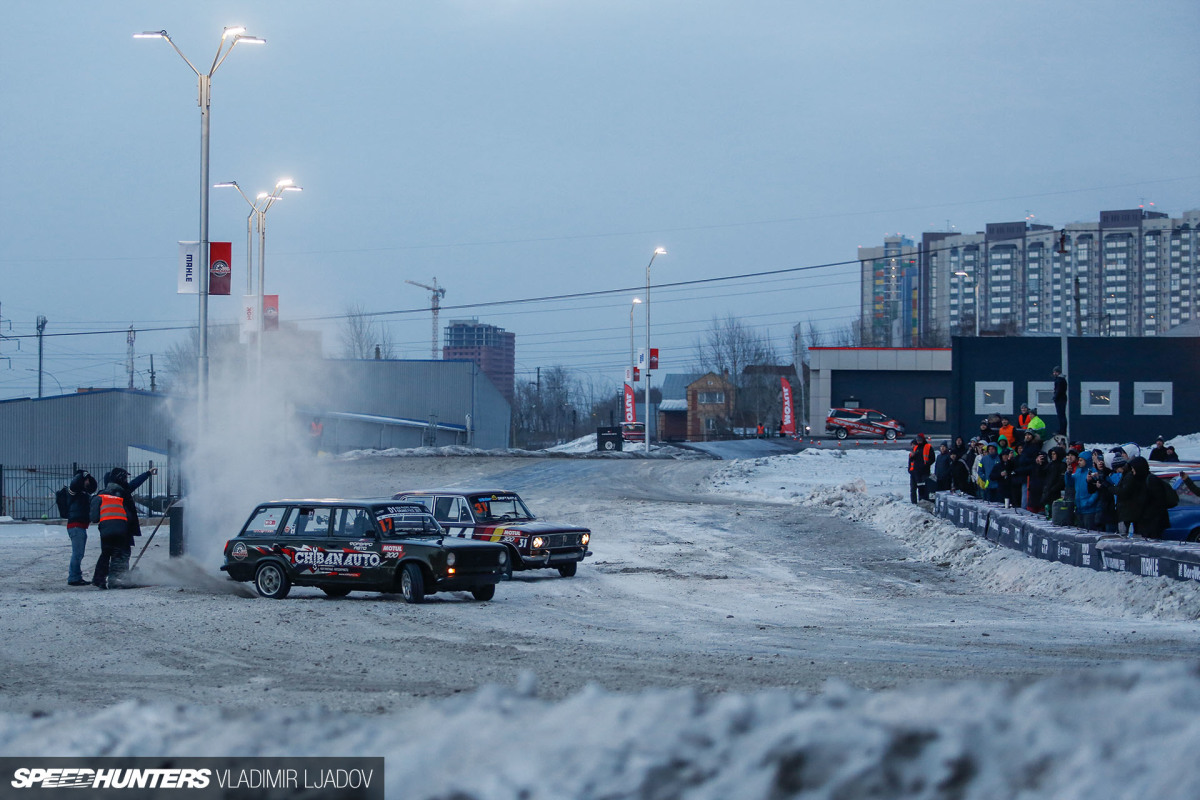
The event was a one-off and everybody took it cheerfully. The atmosphere was really chill and everybody just enjoyed sliding cars for another day while waving winter goodbye.
Vladimir Ljadov
Instagram: wheelsbywovka
because@wheelsbywovka.com

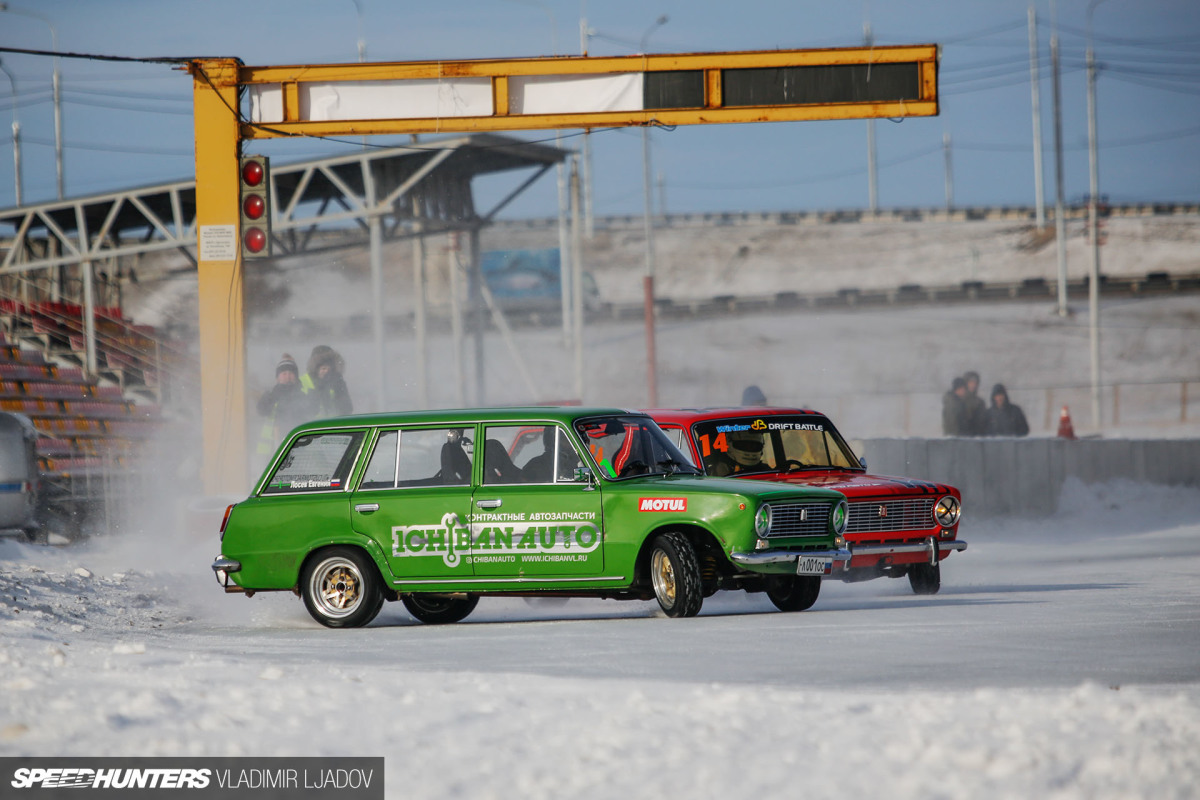
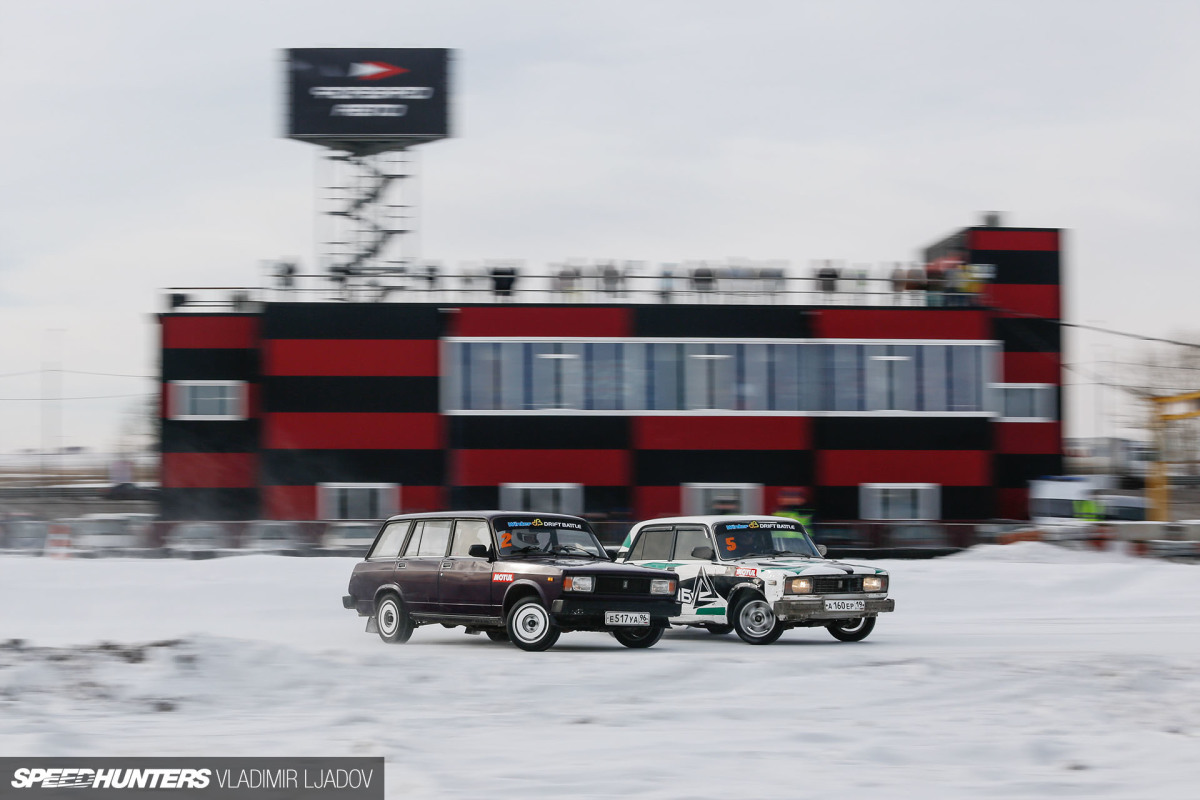
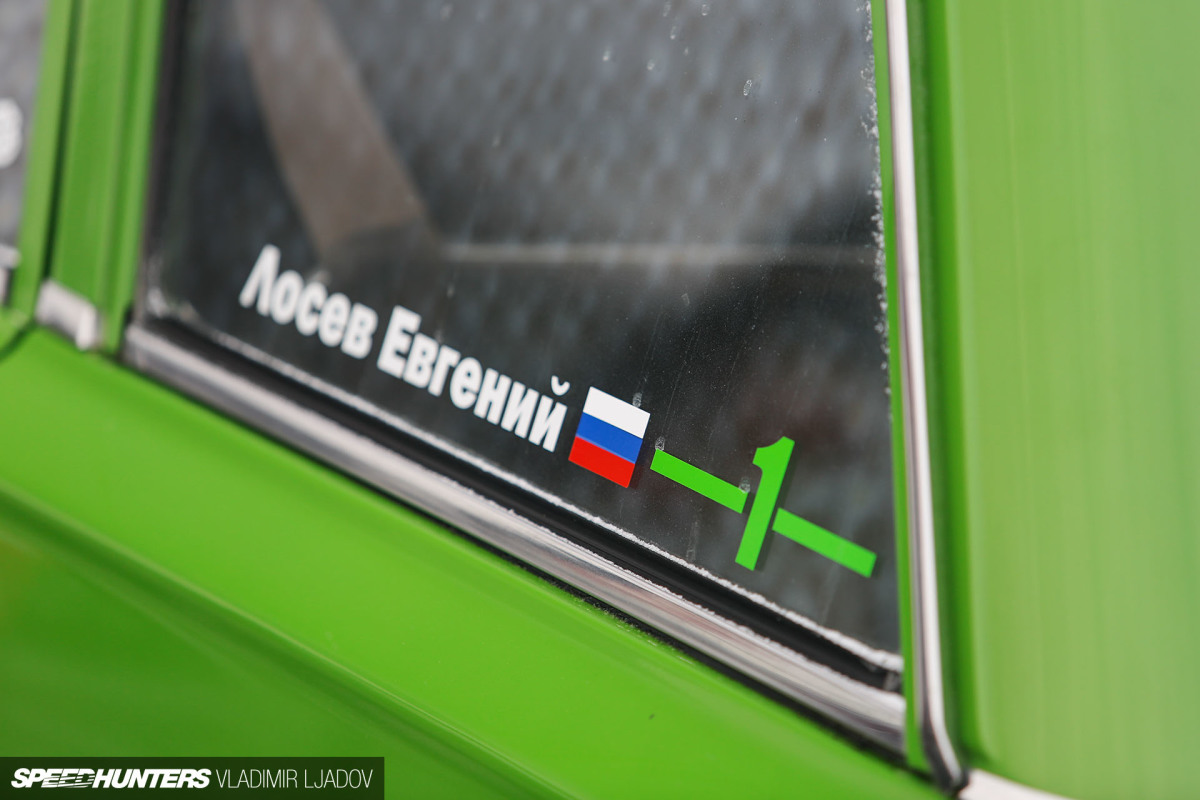

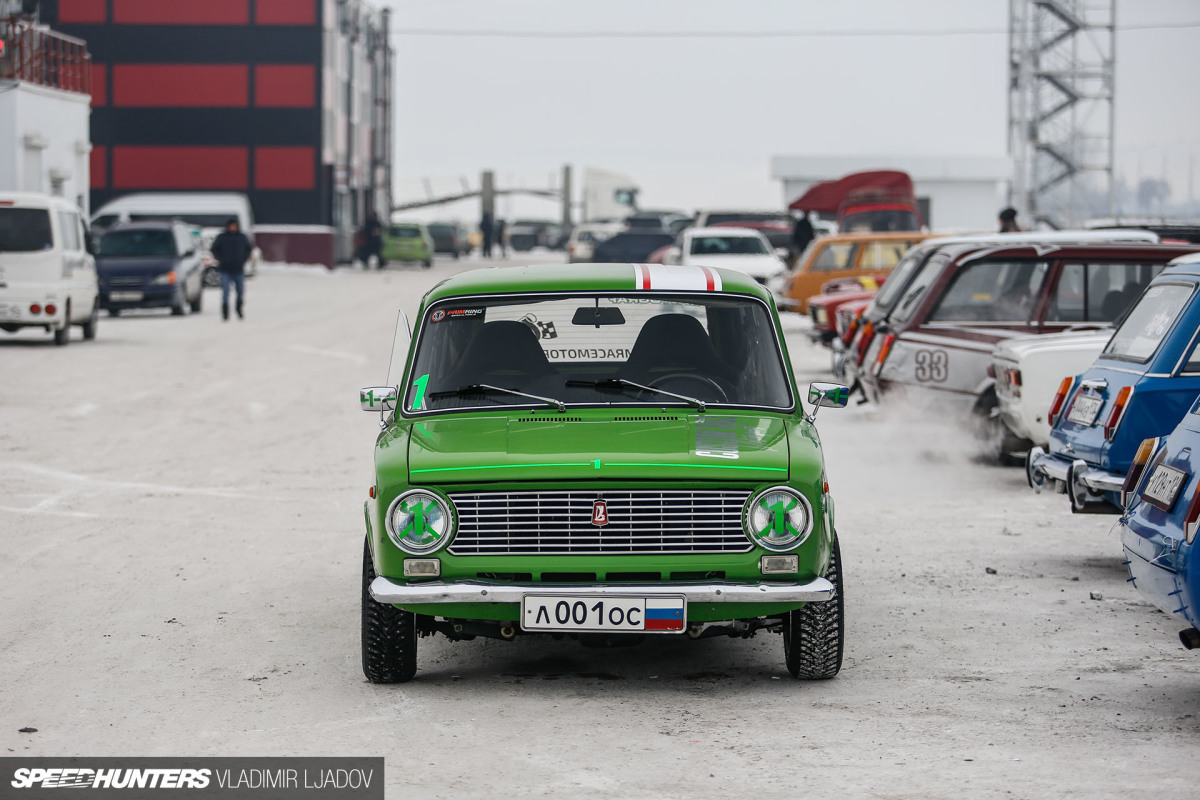
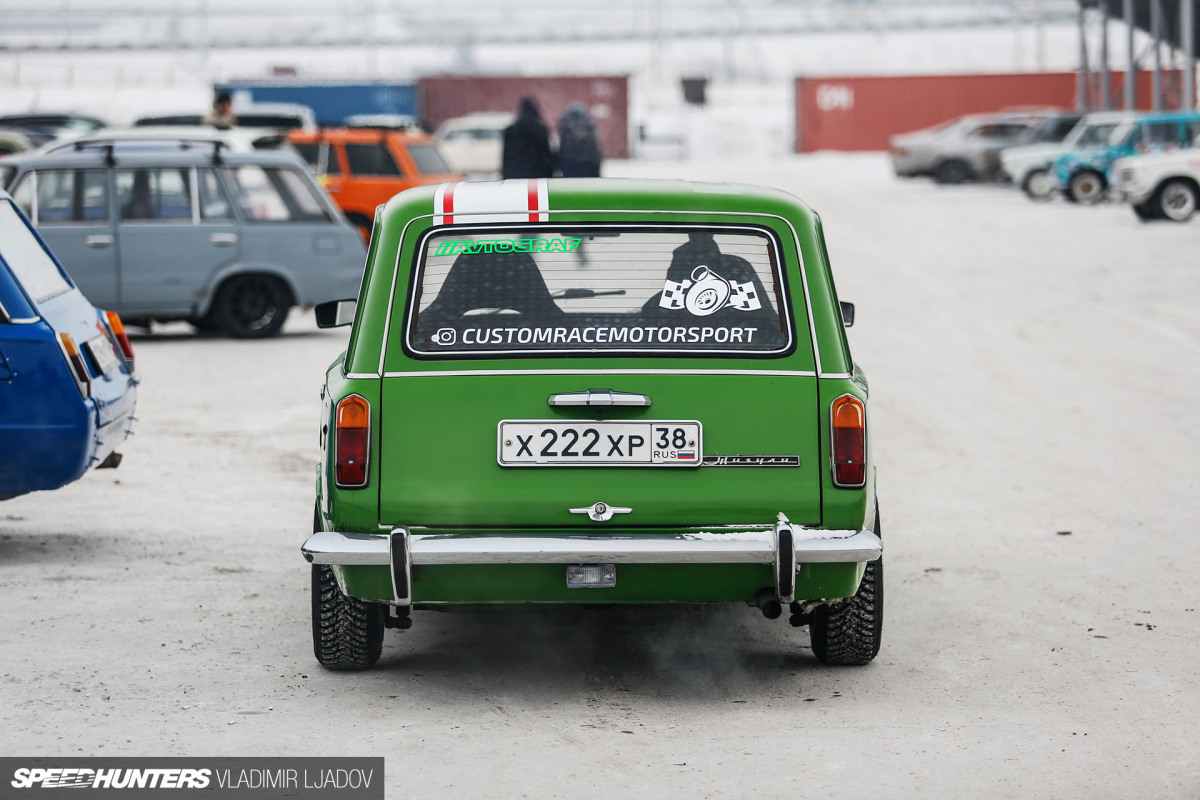
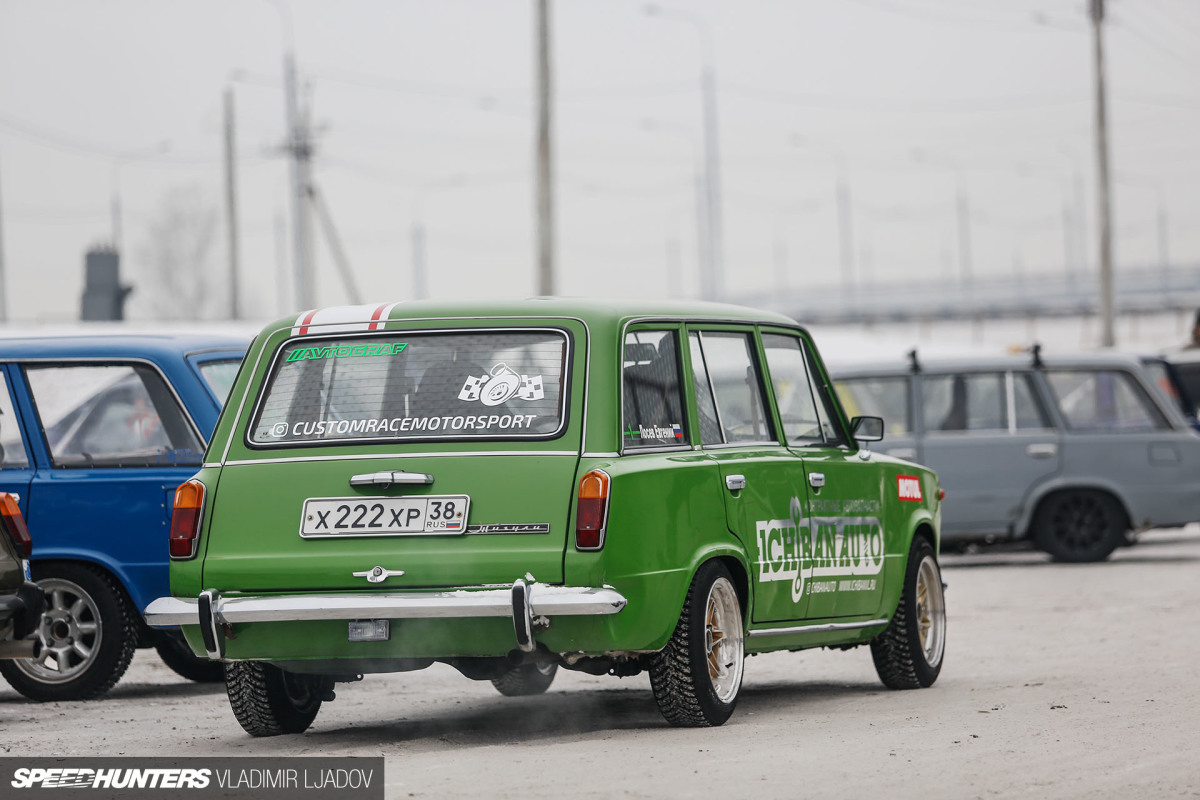
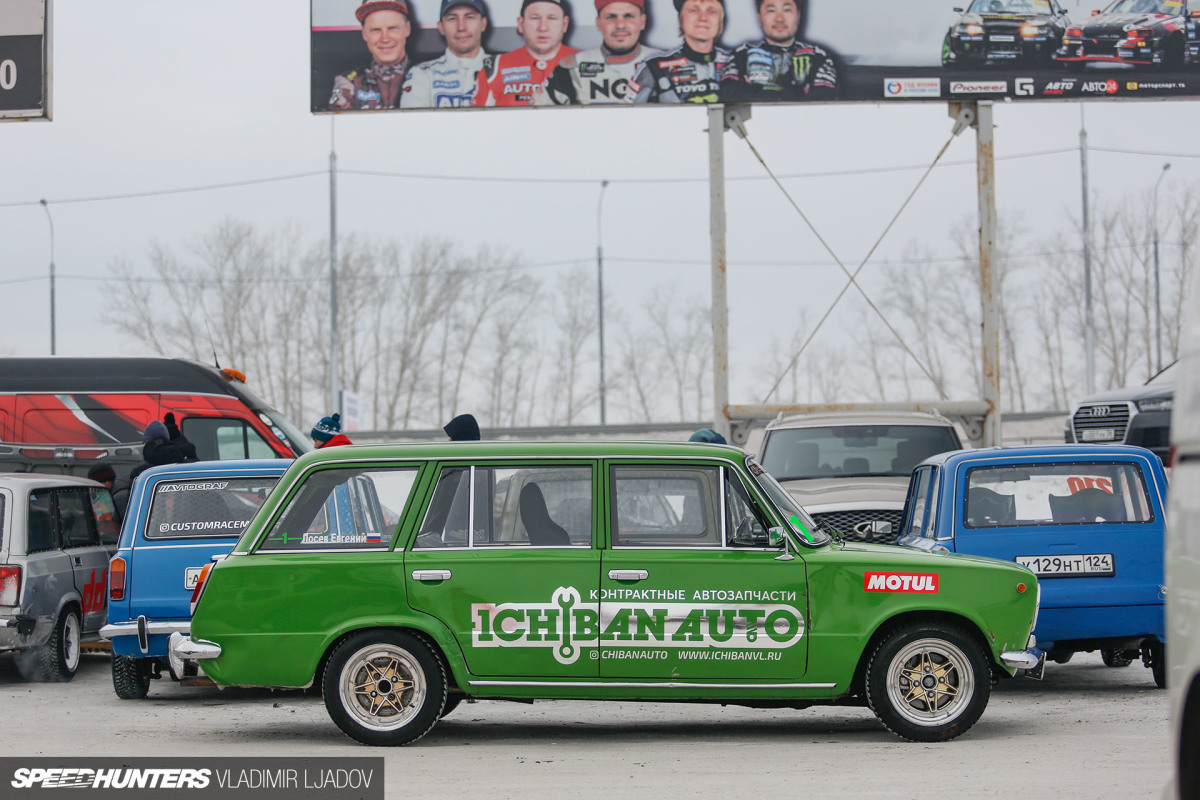
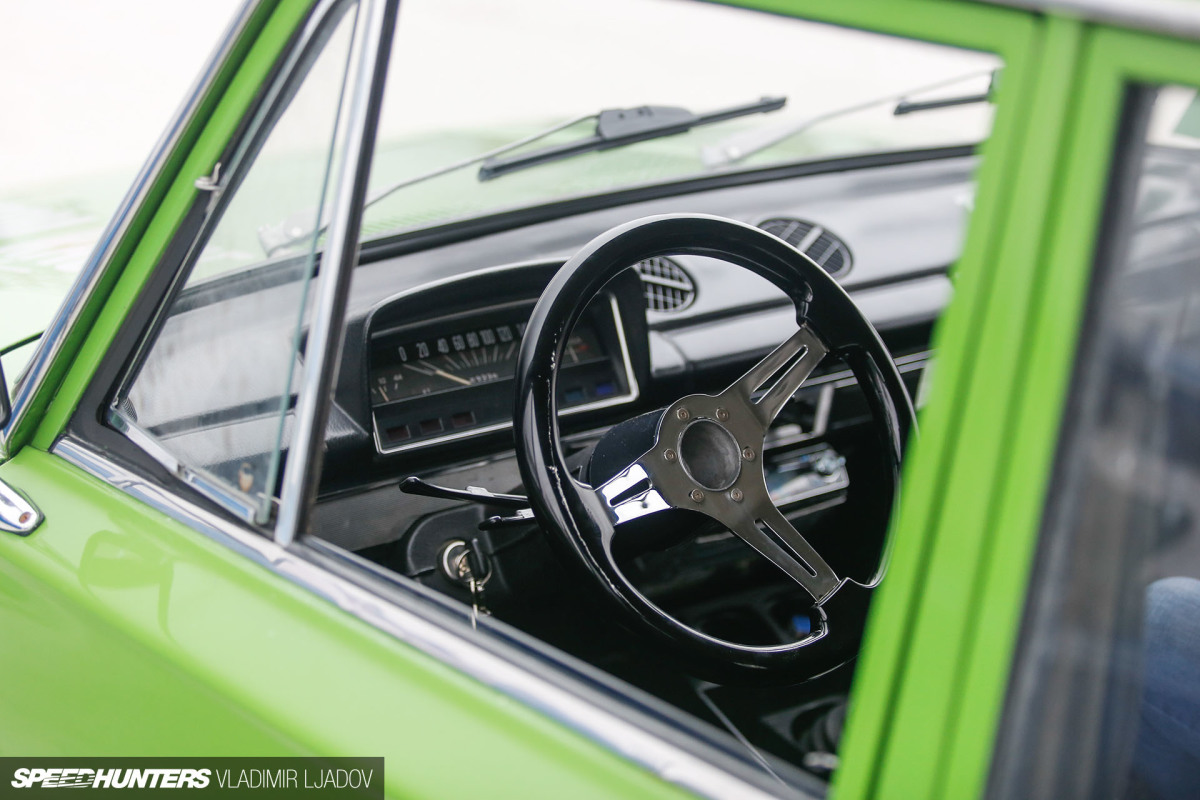
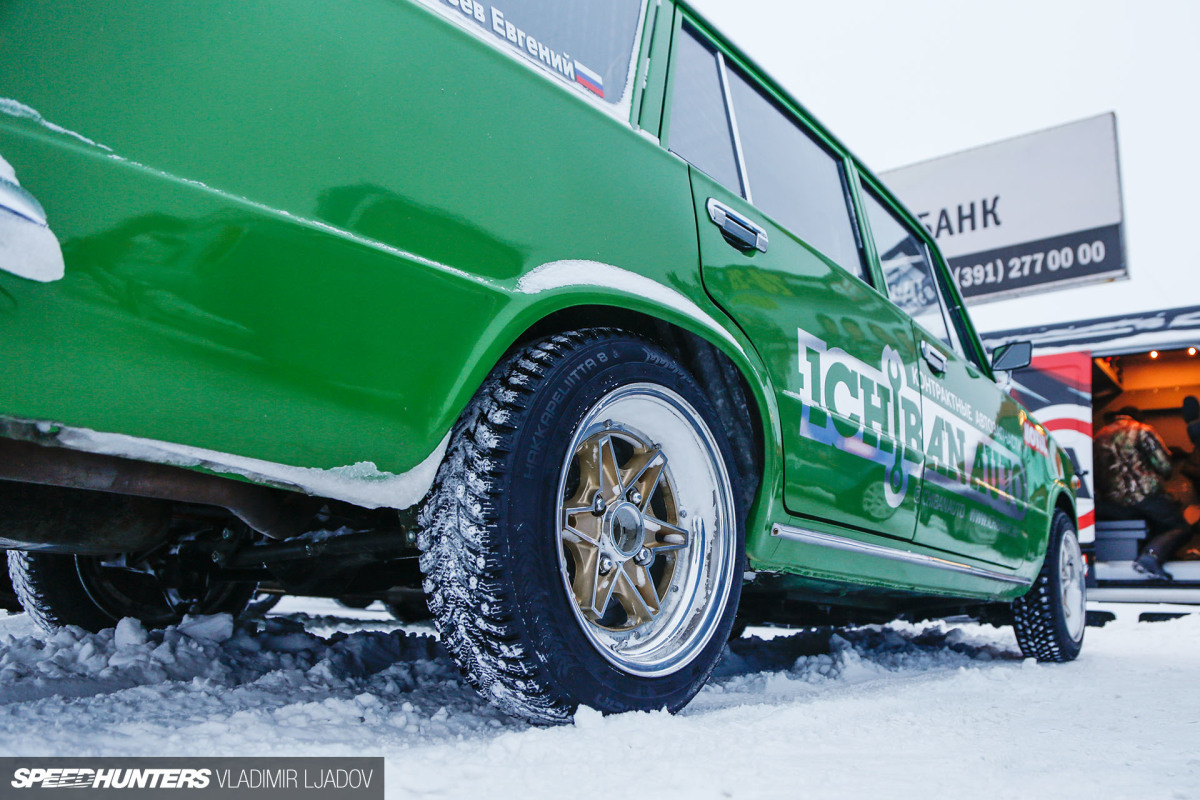
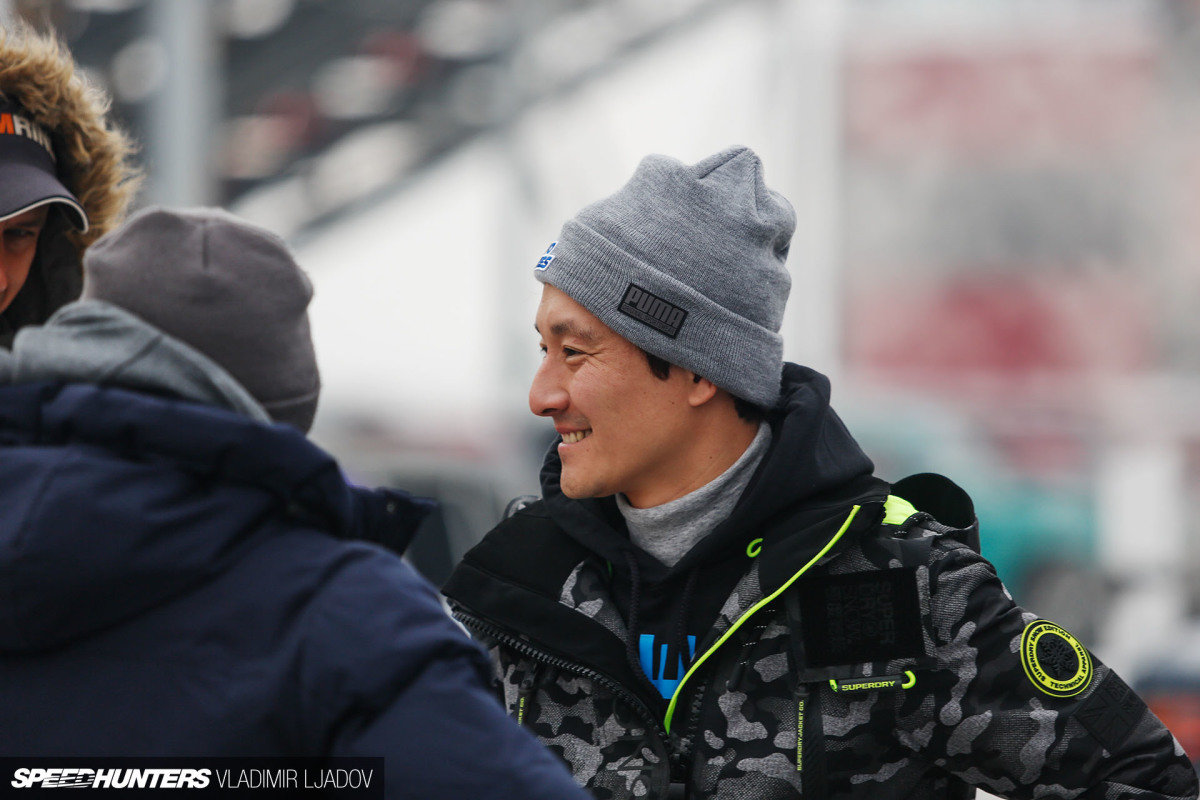


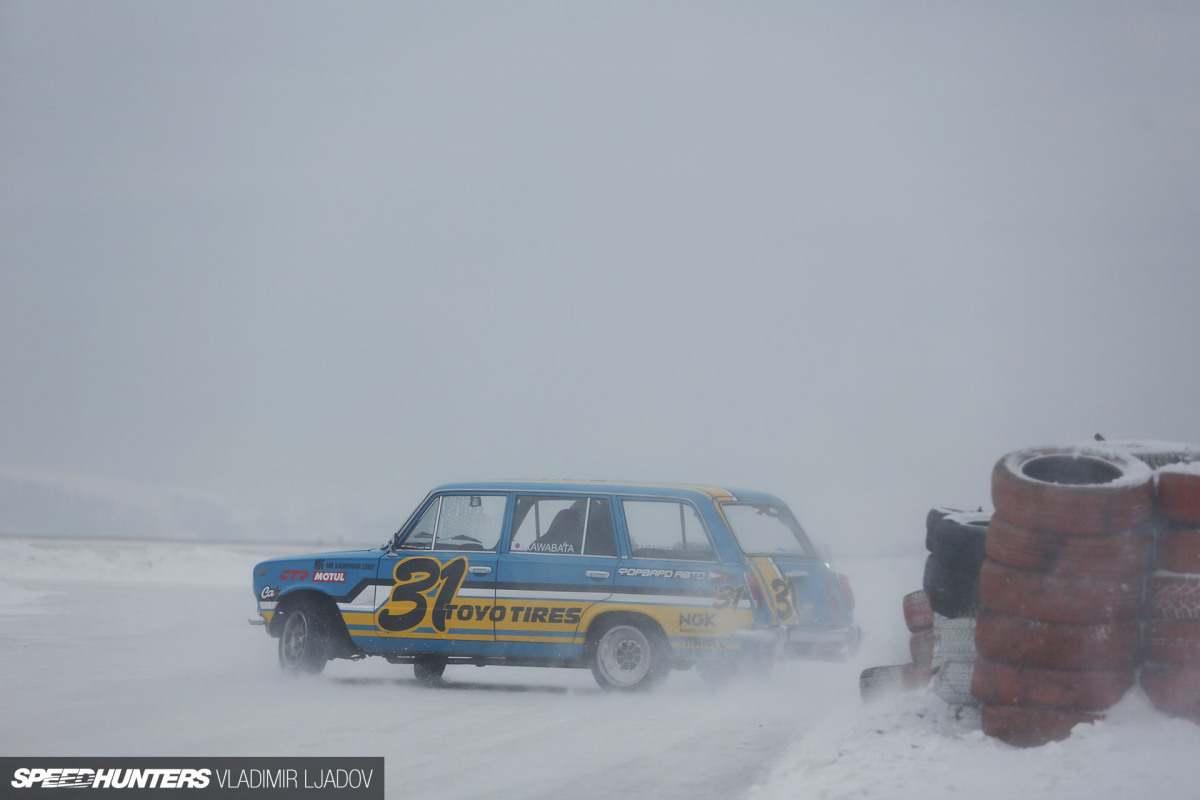
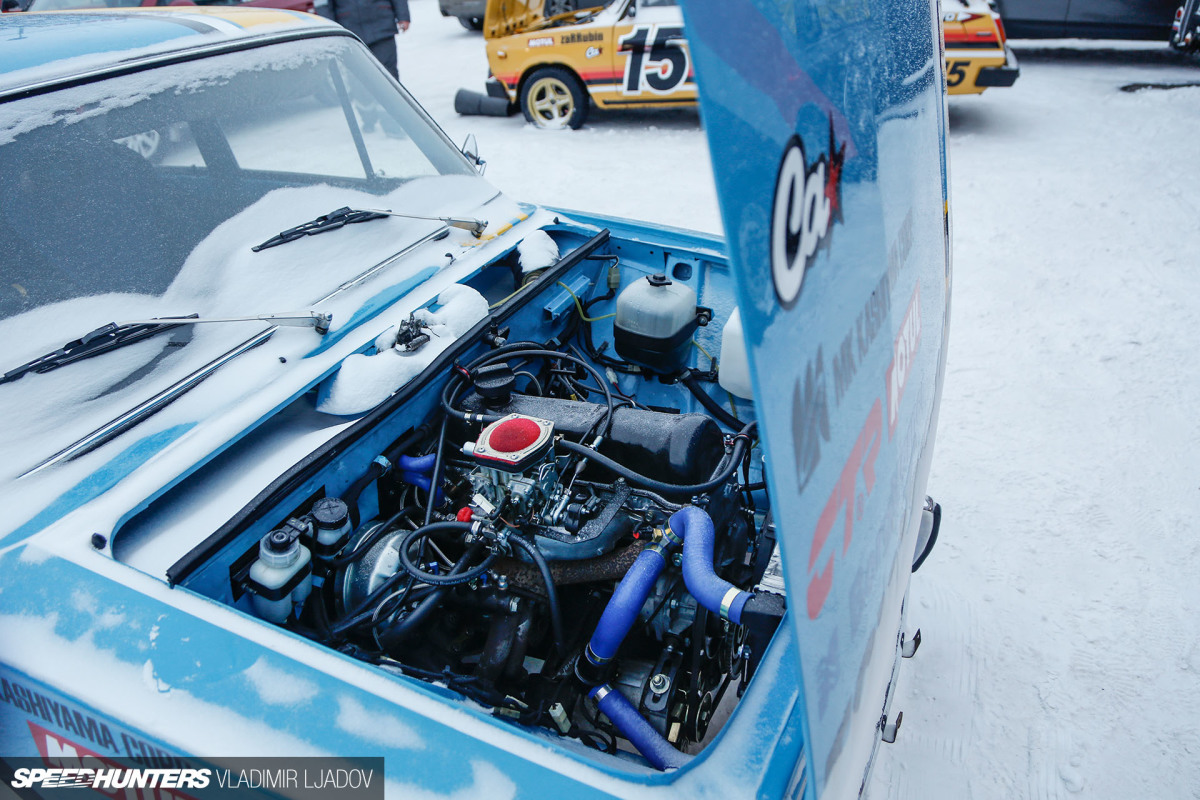
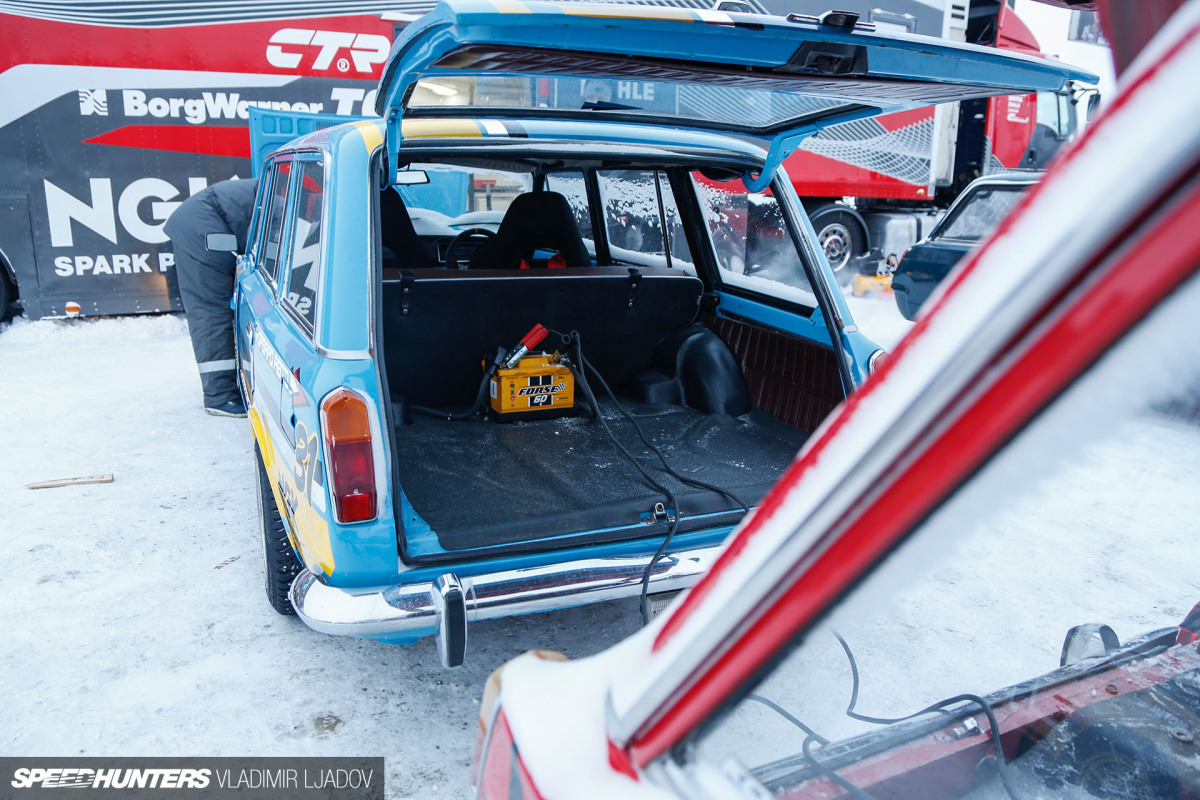
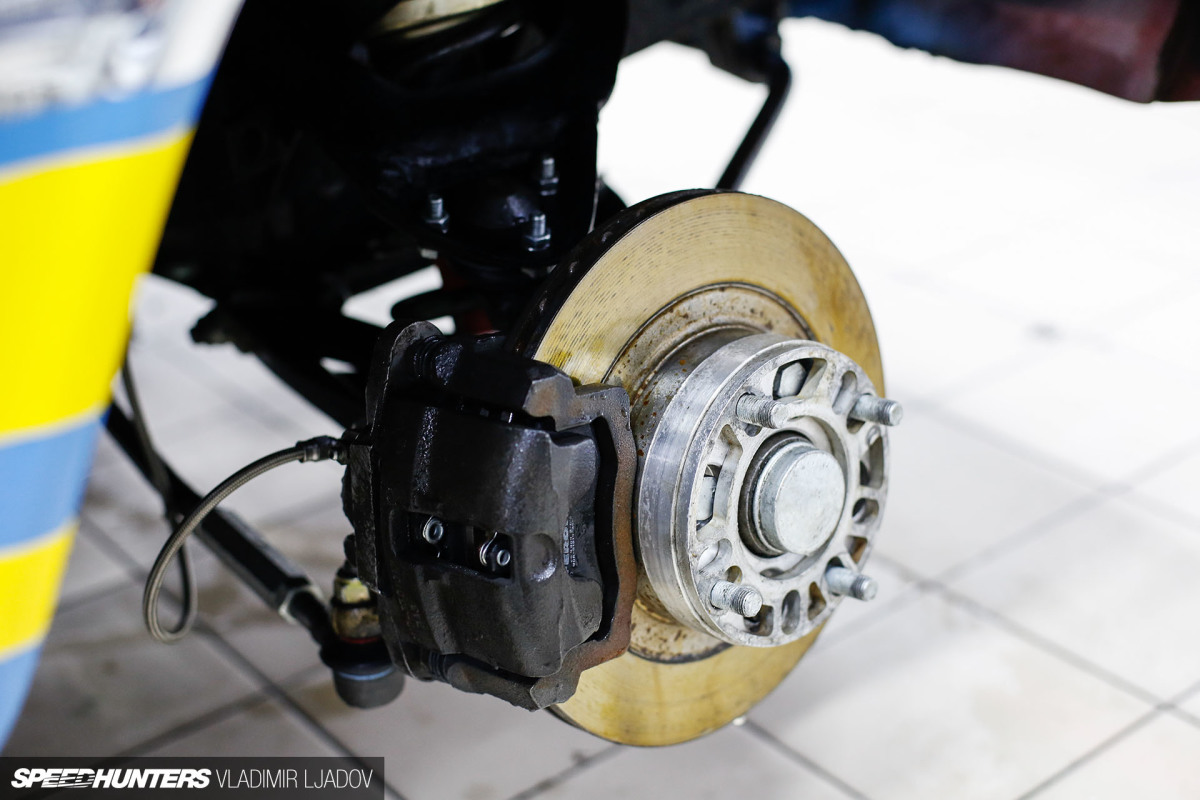
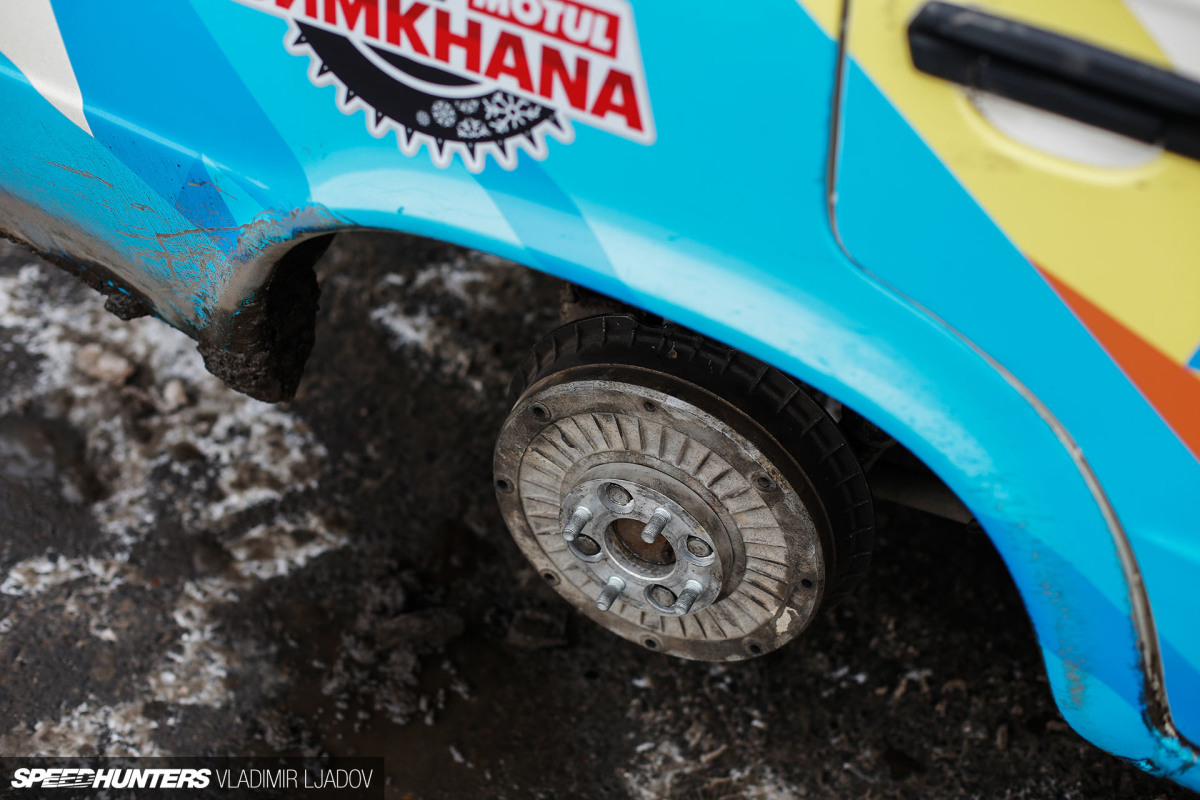
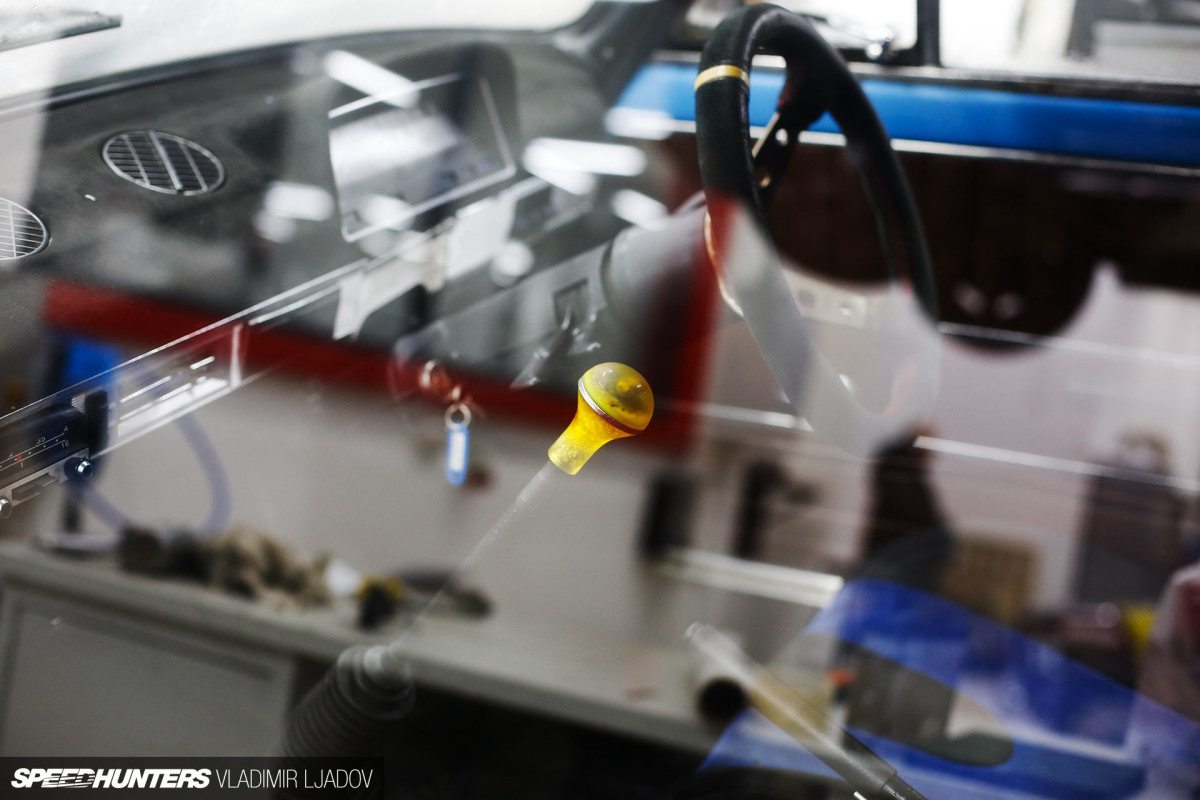
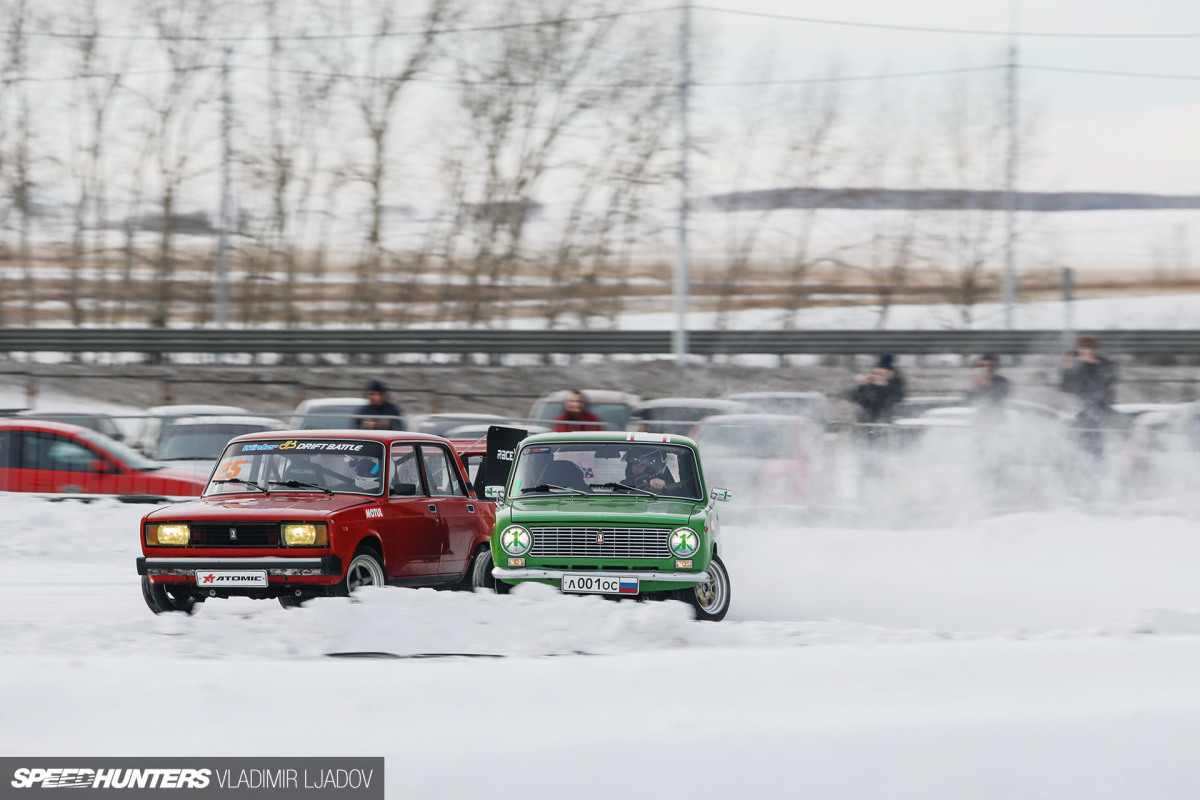
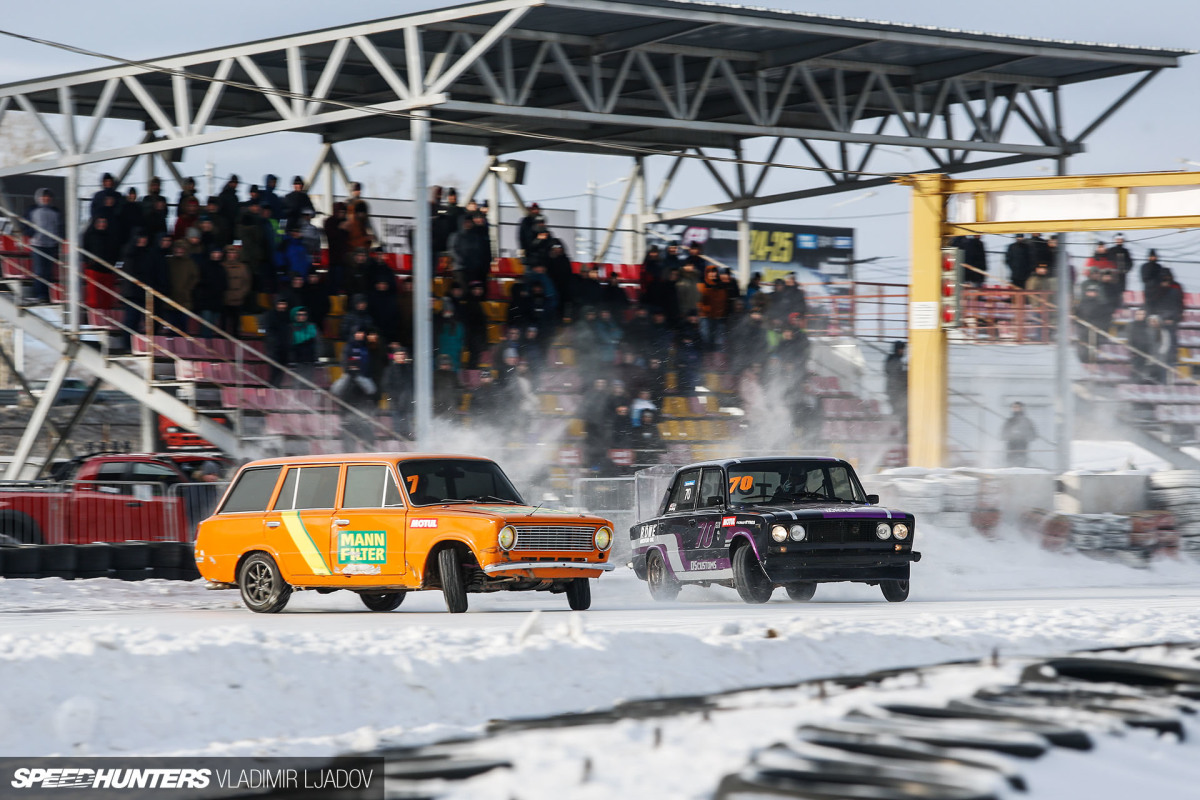
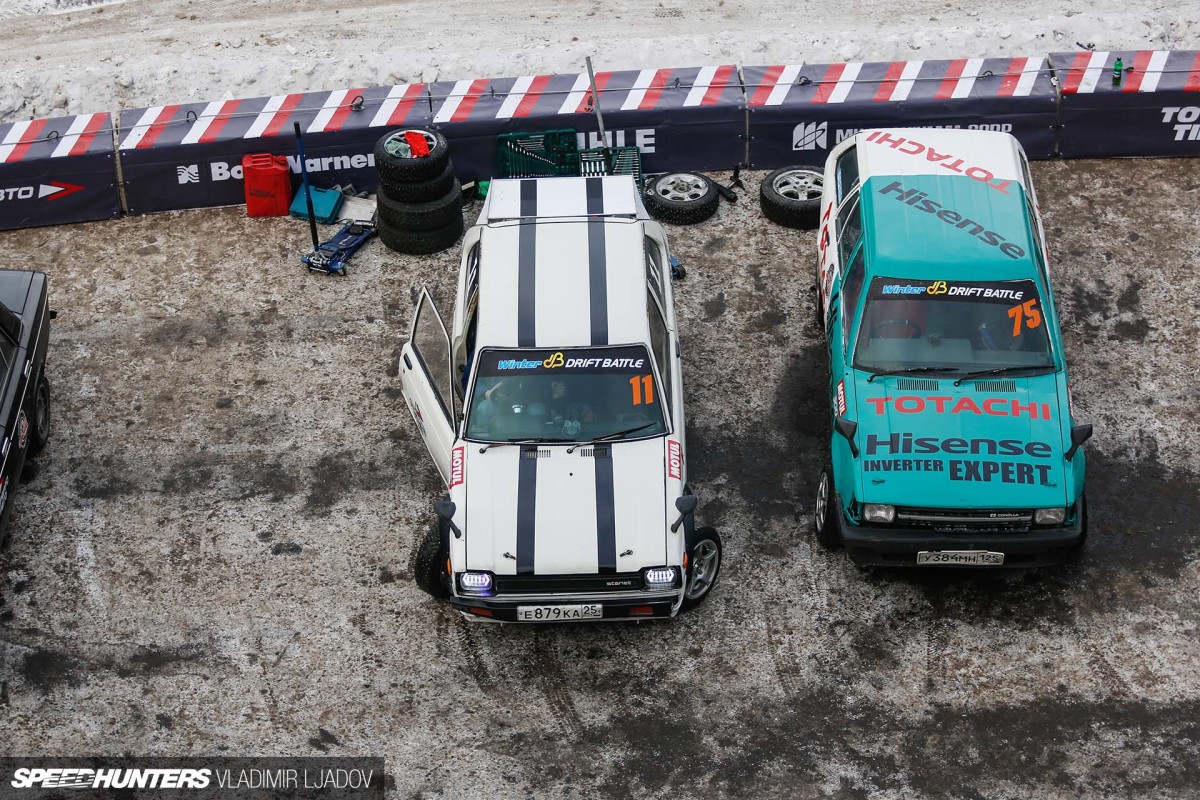
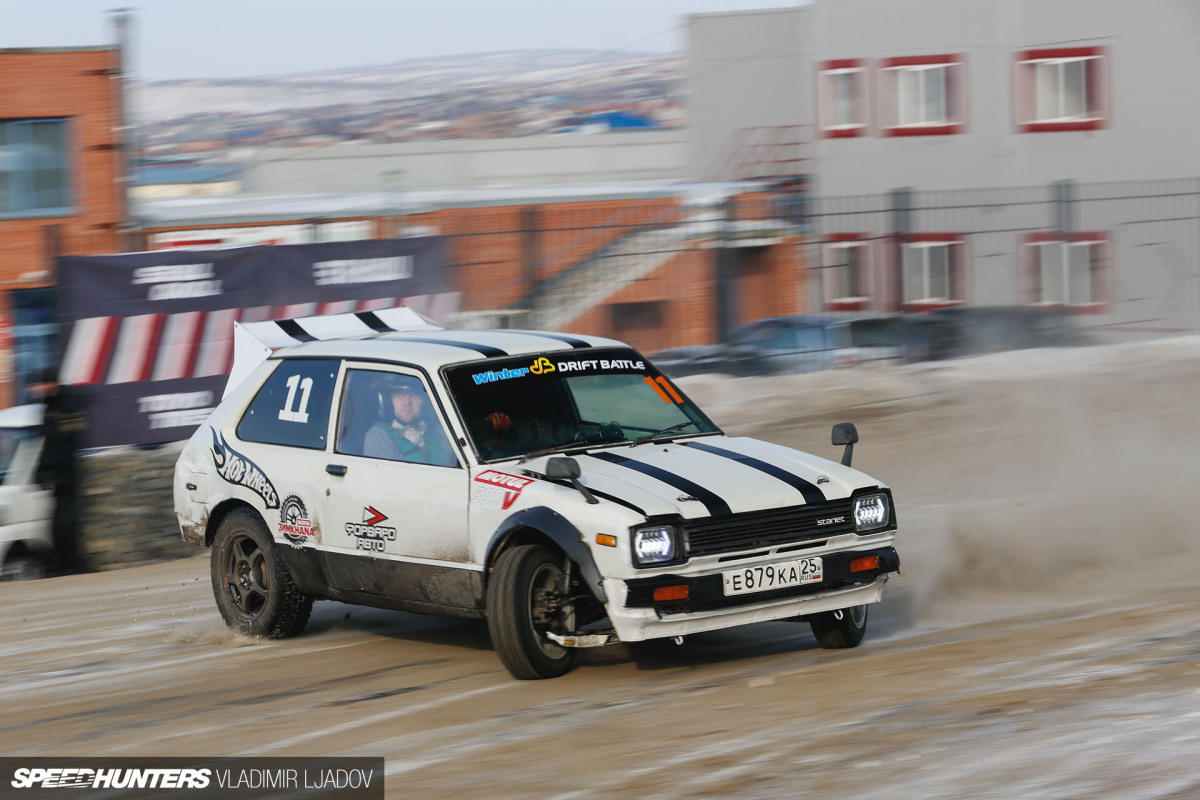
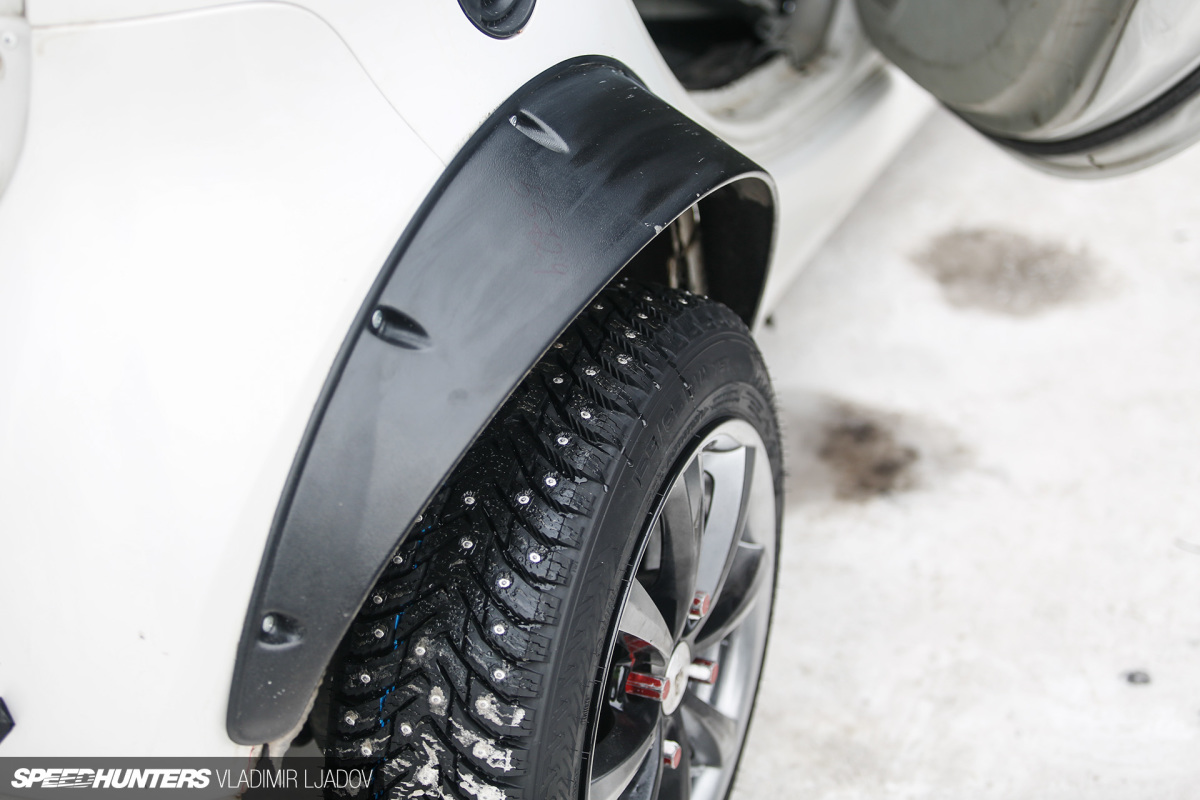
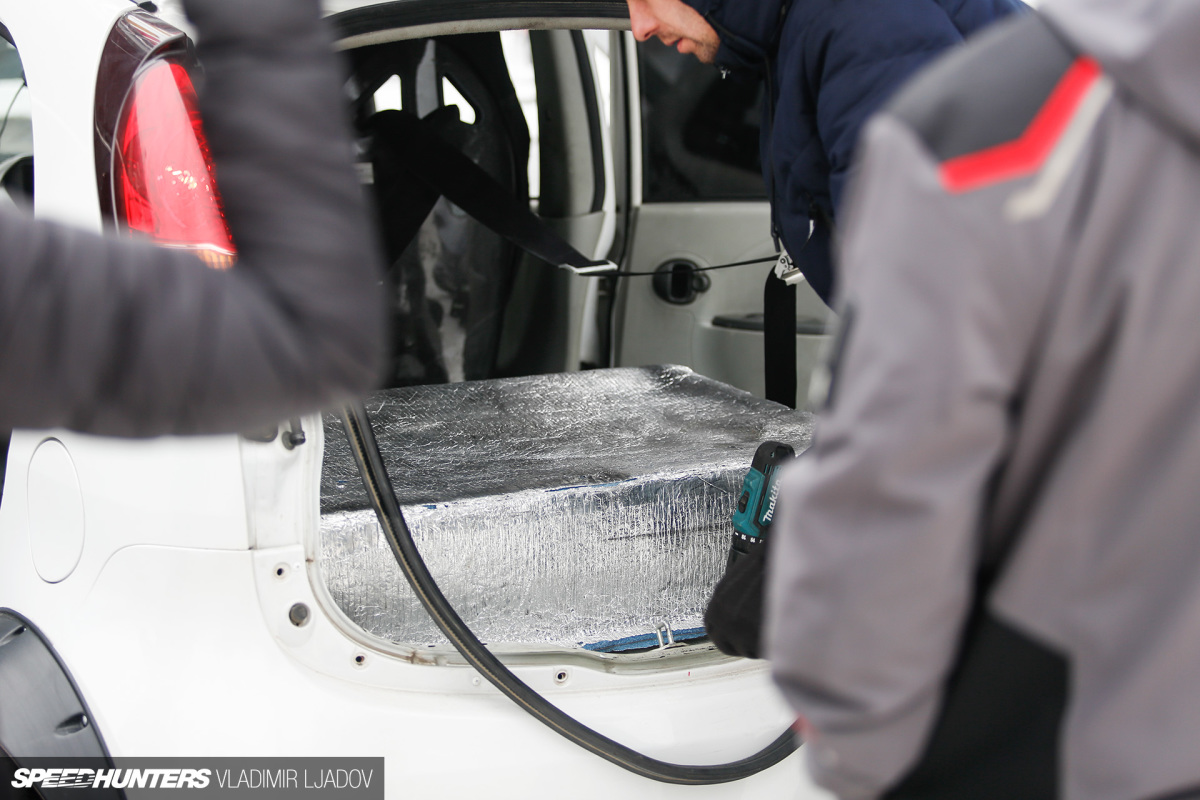
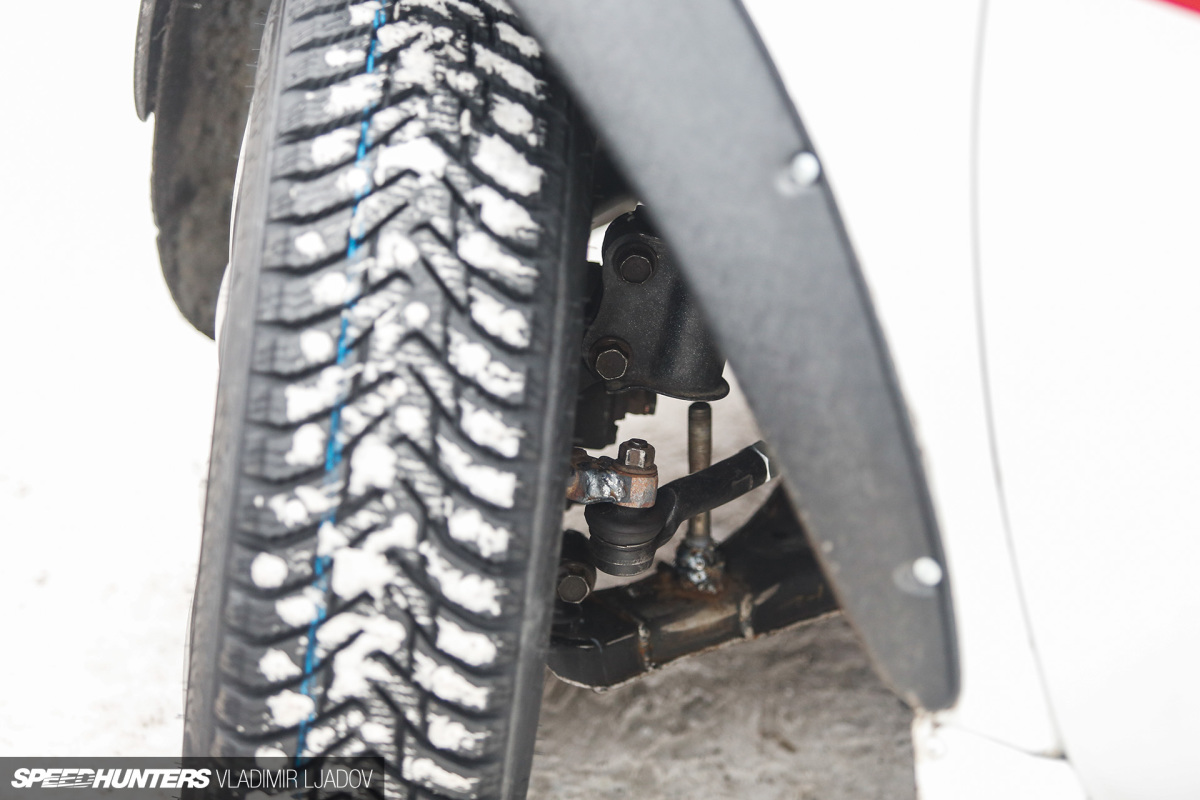
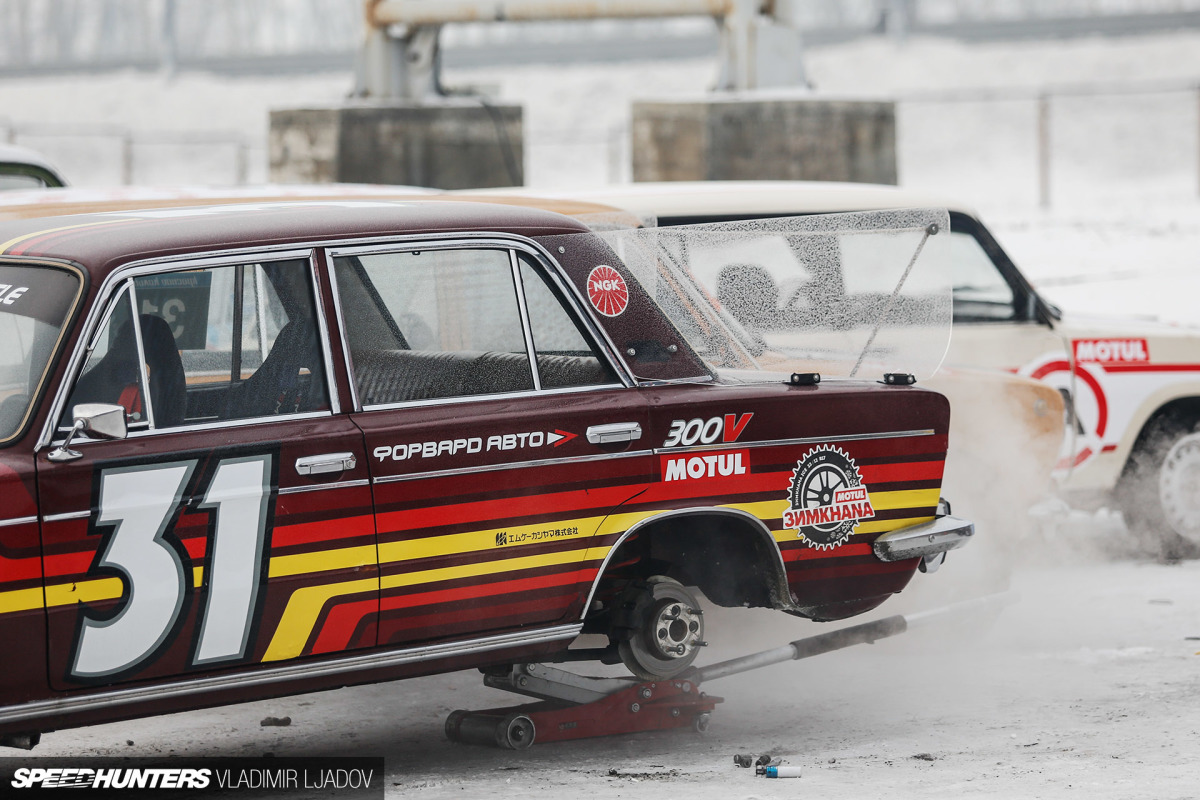
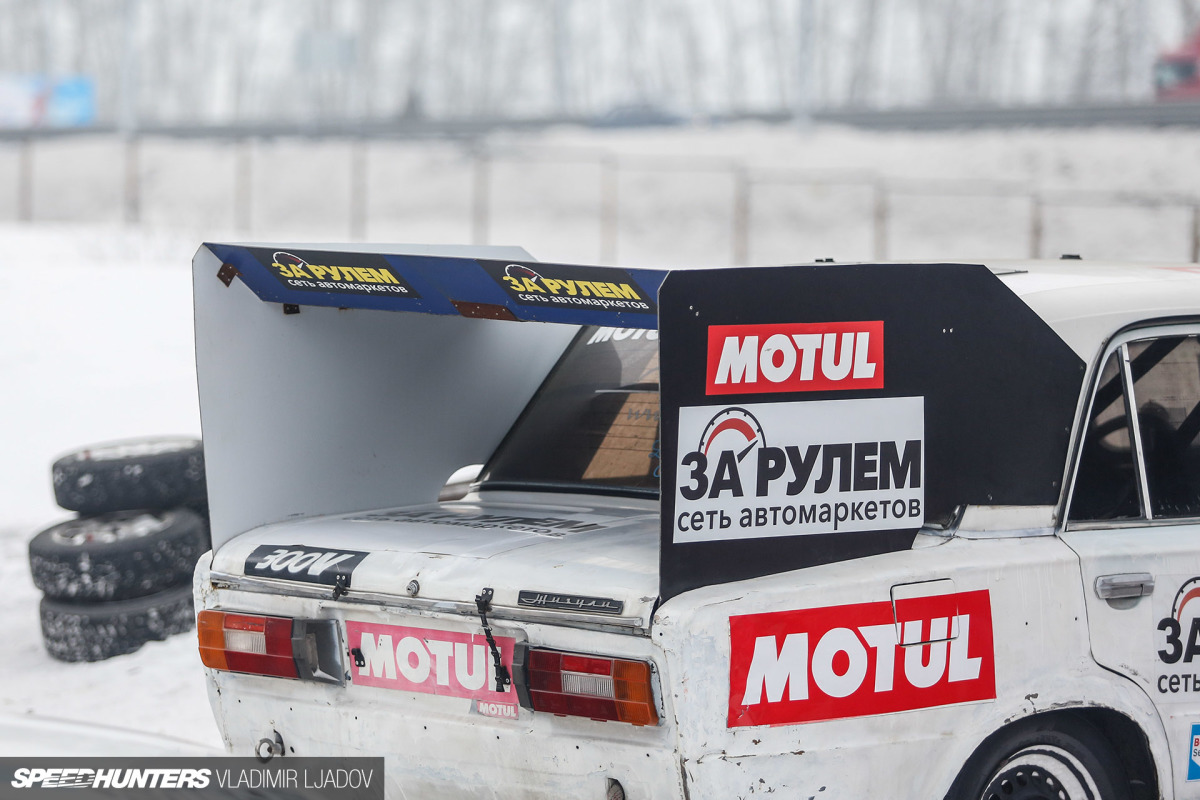
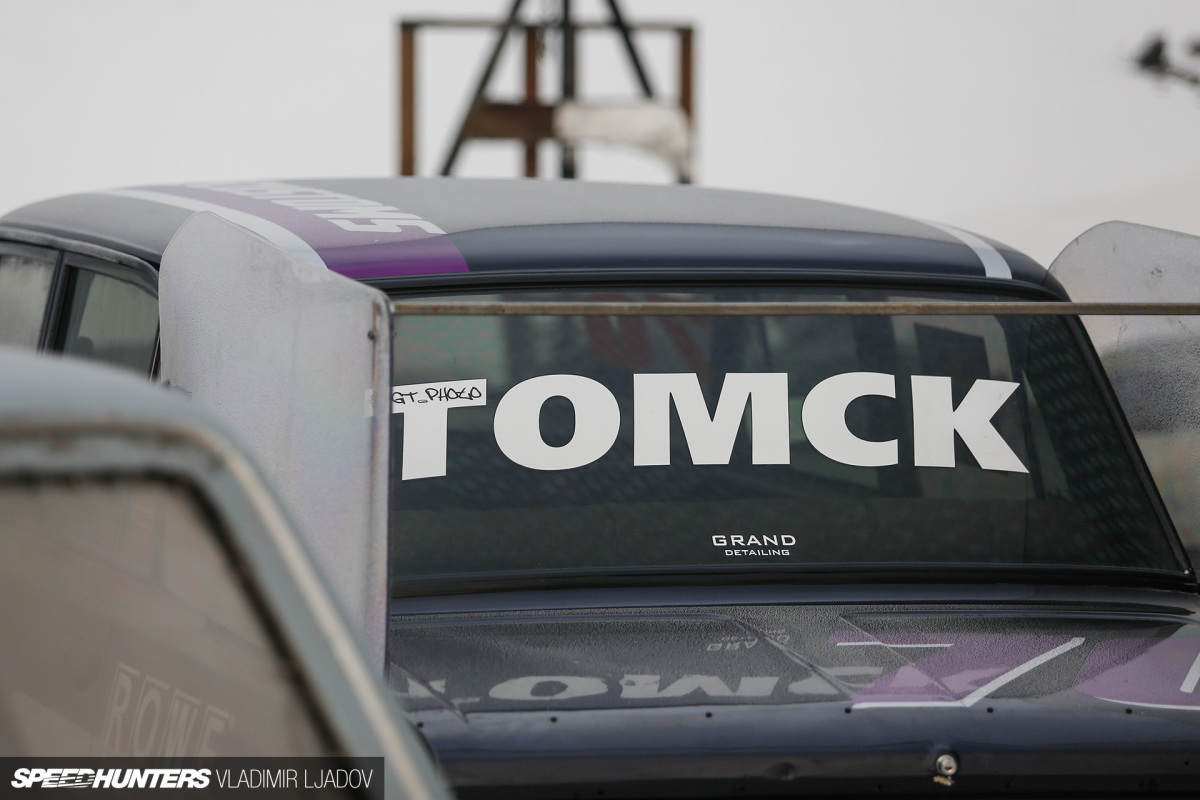
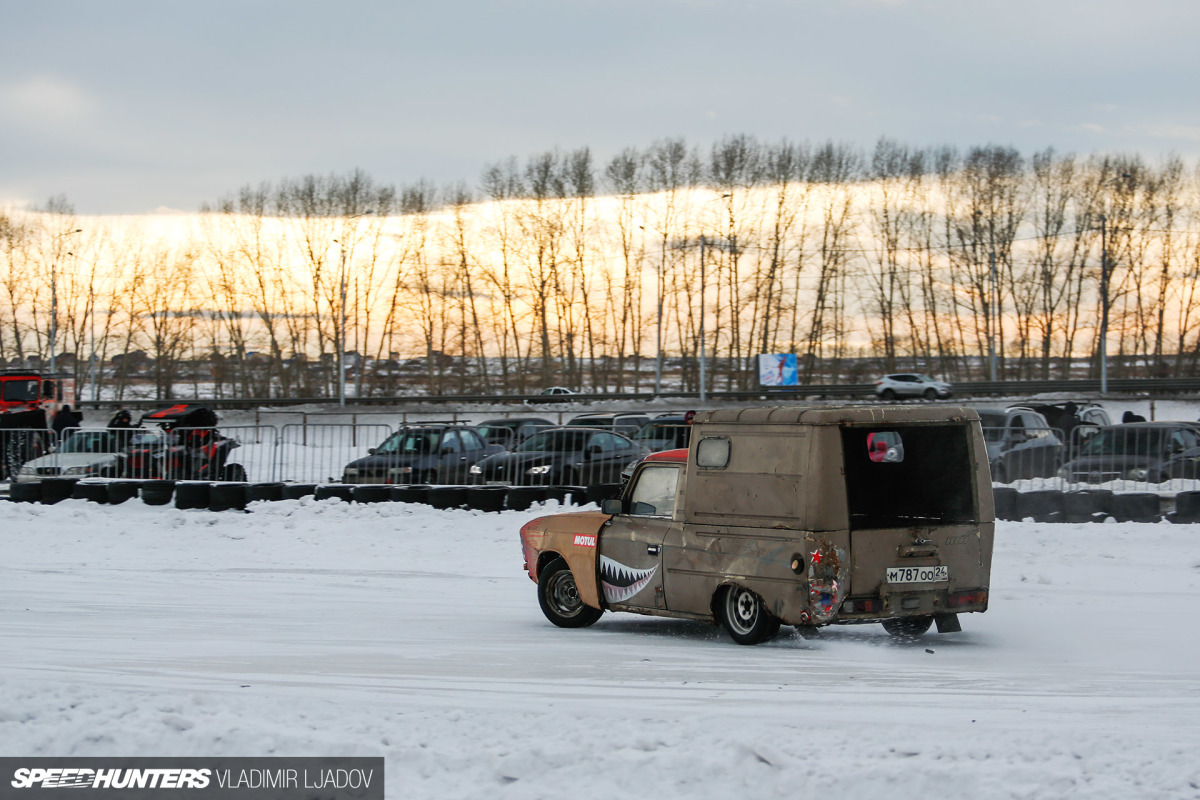
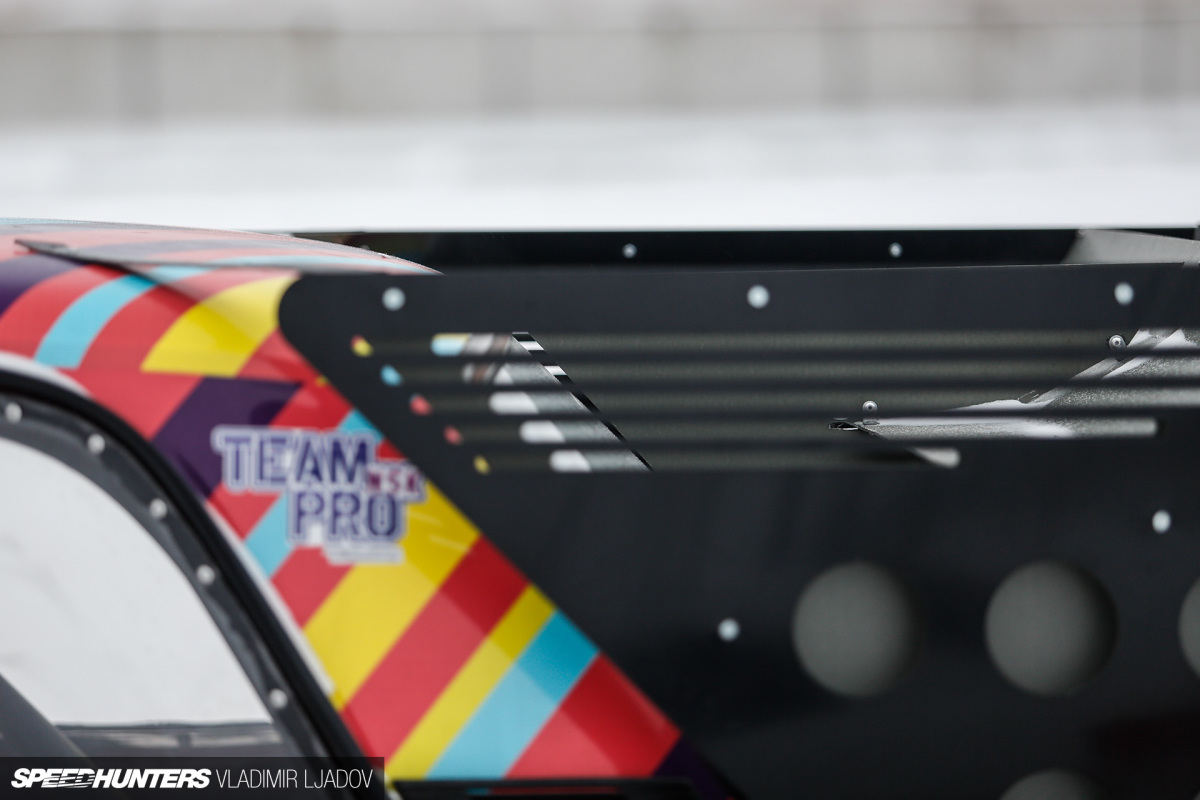
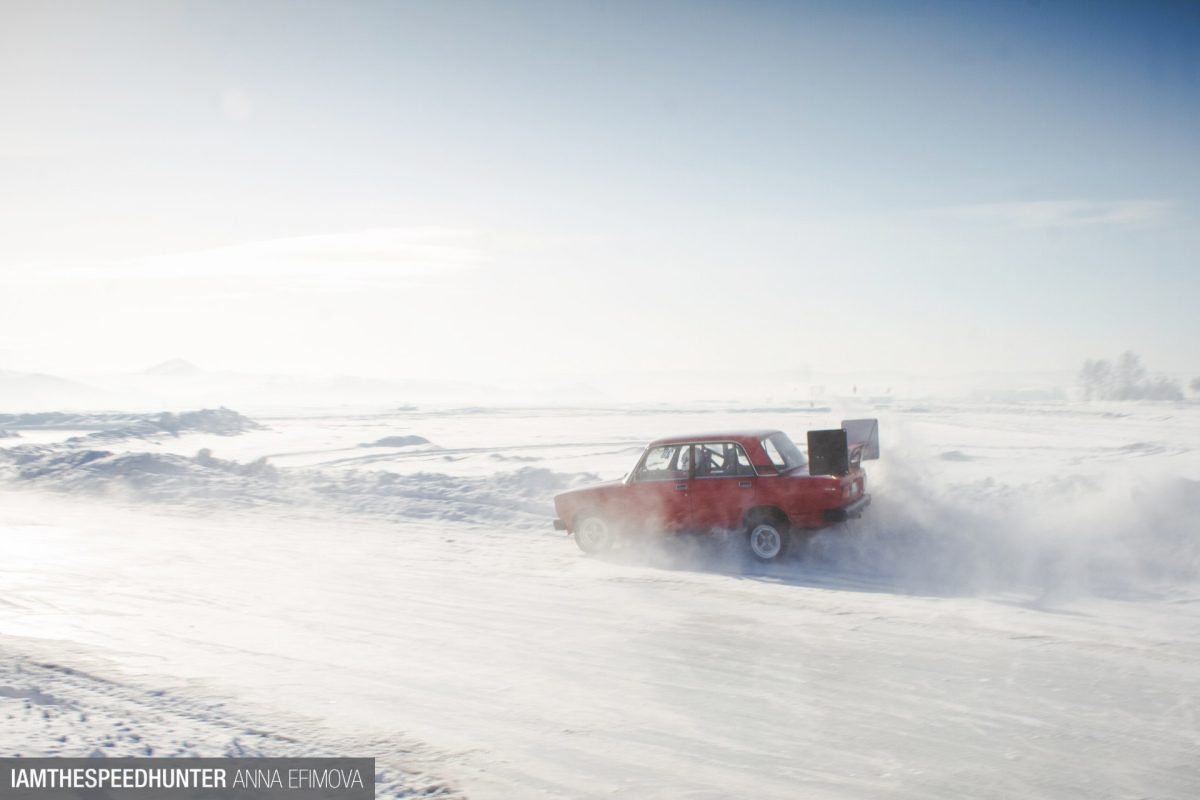
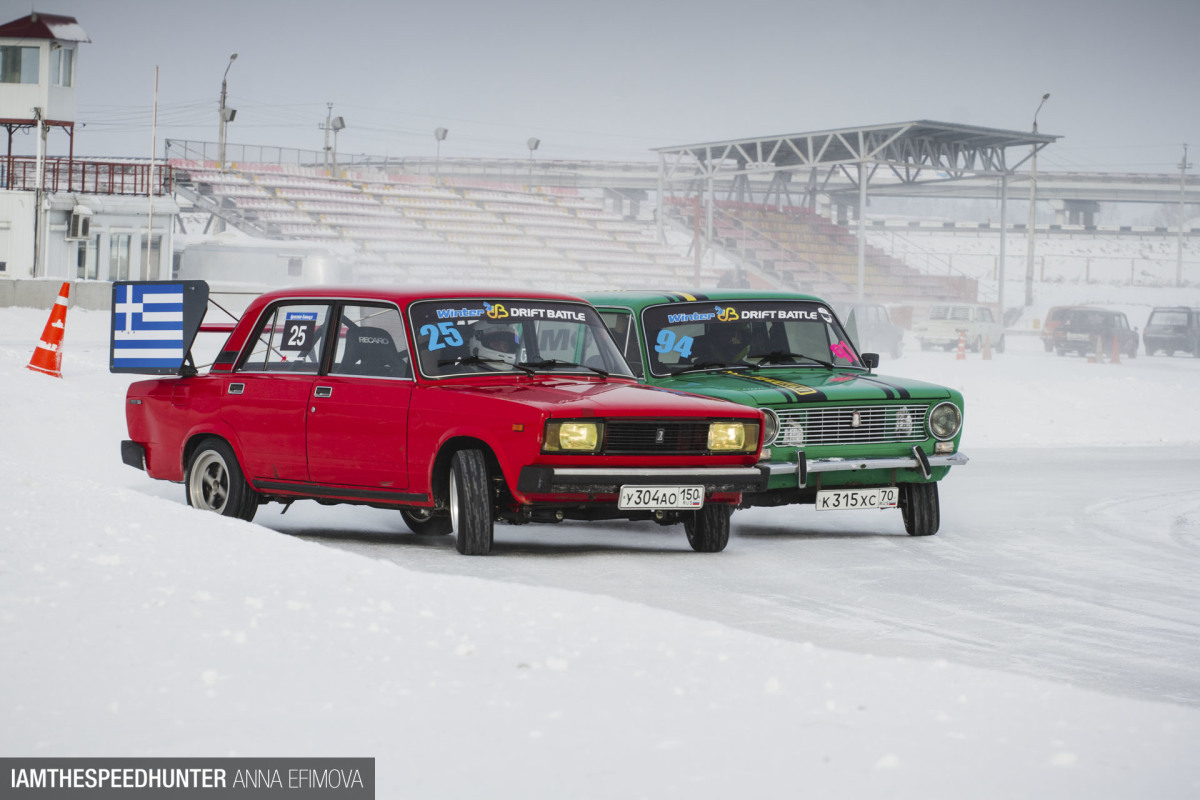
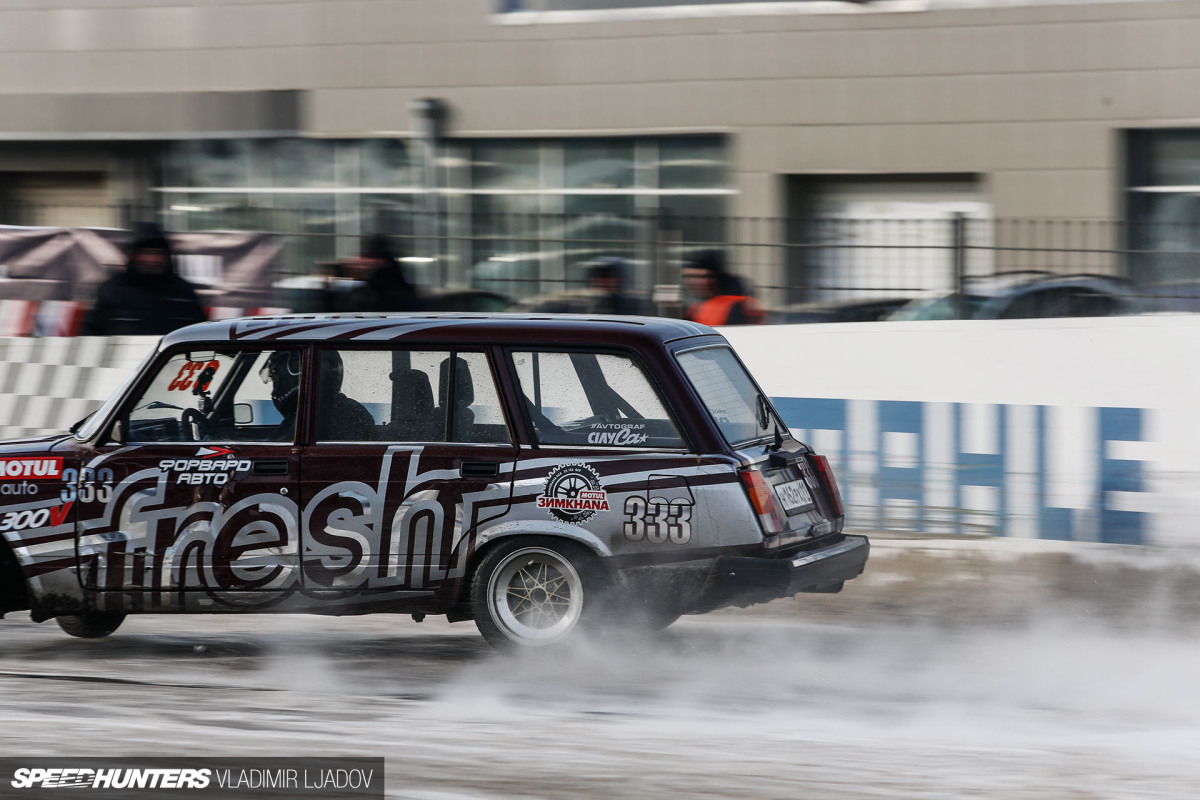

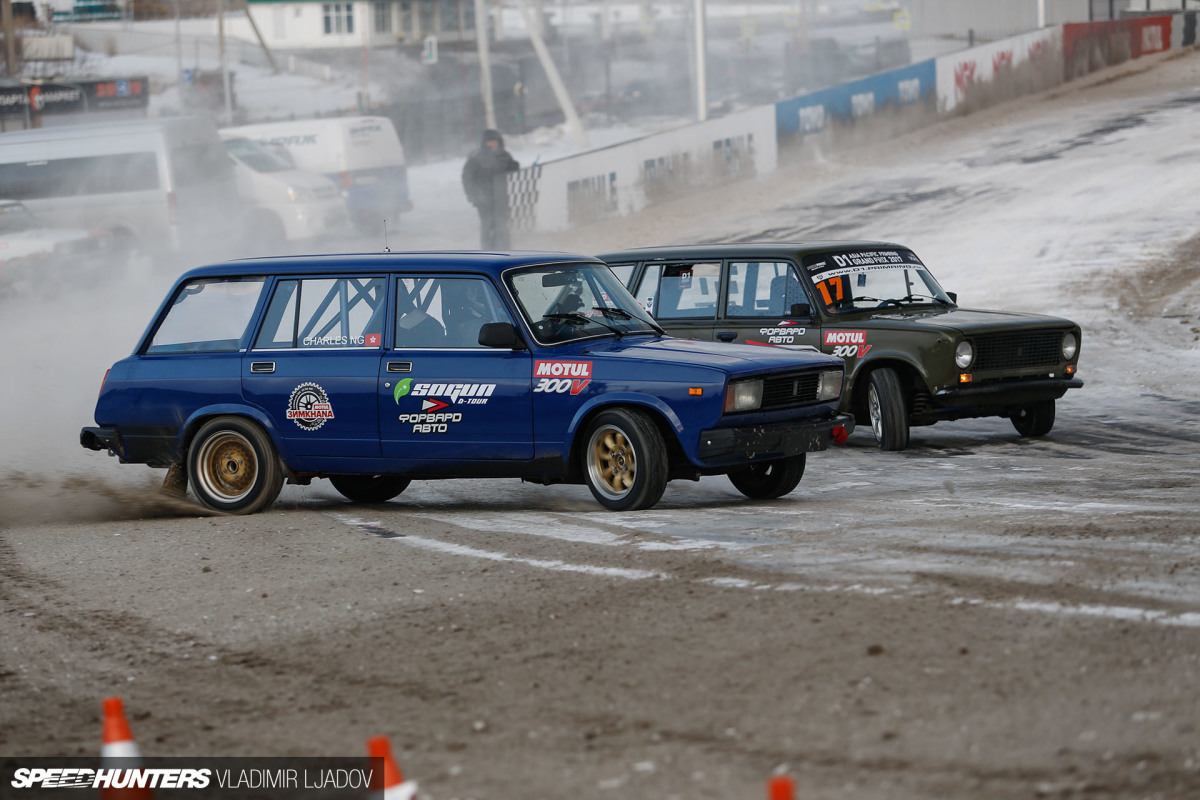
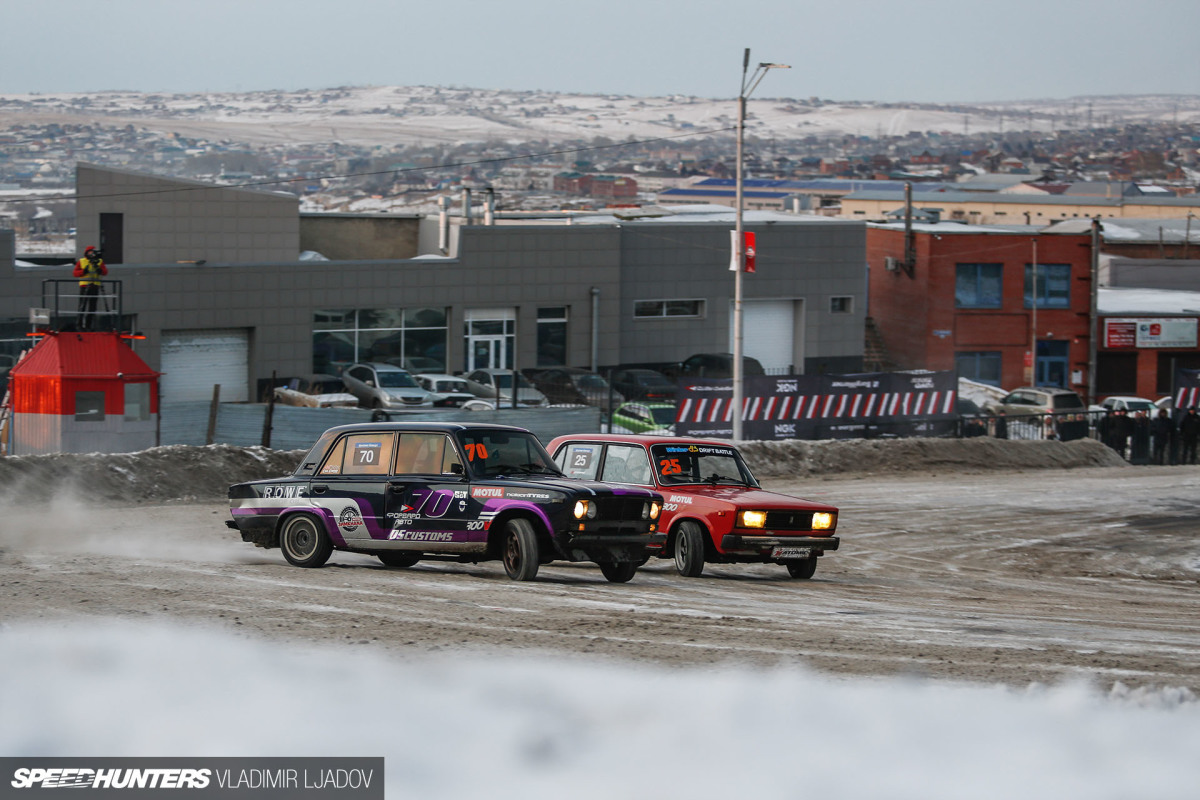
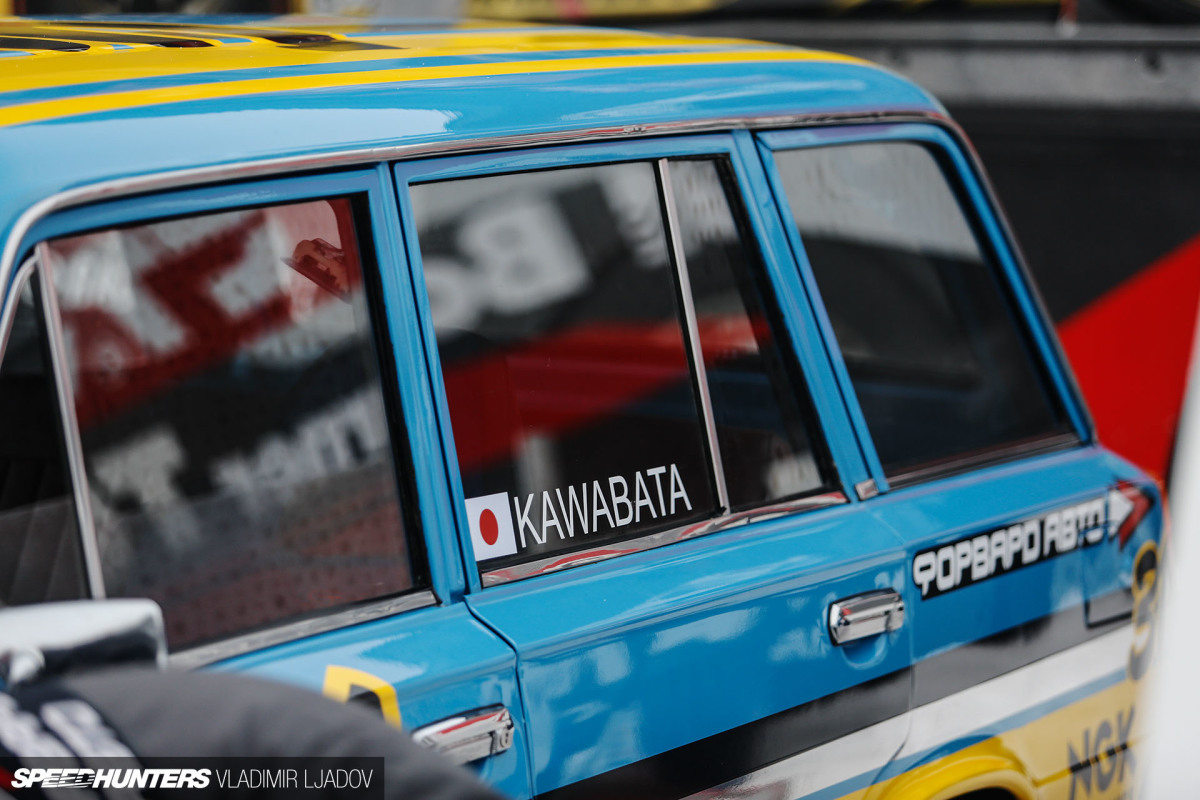
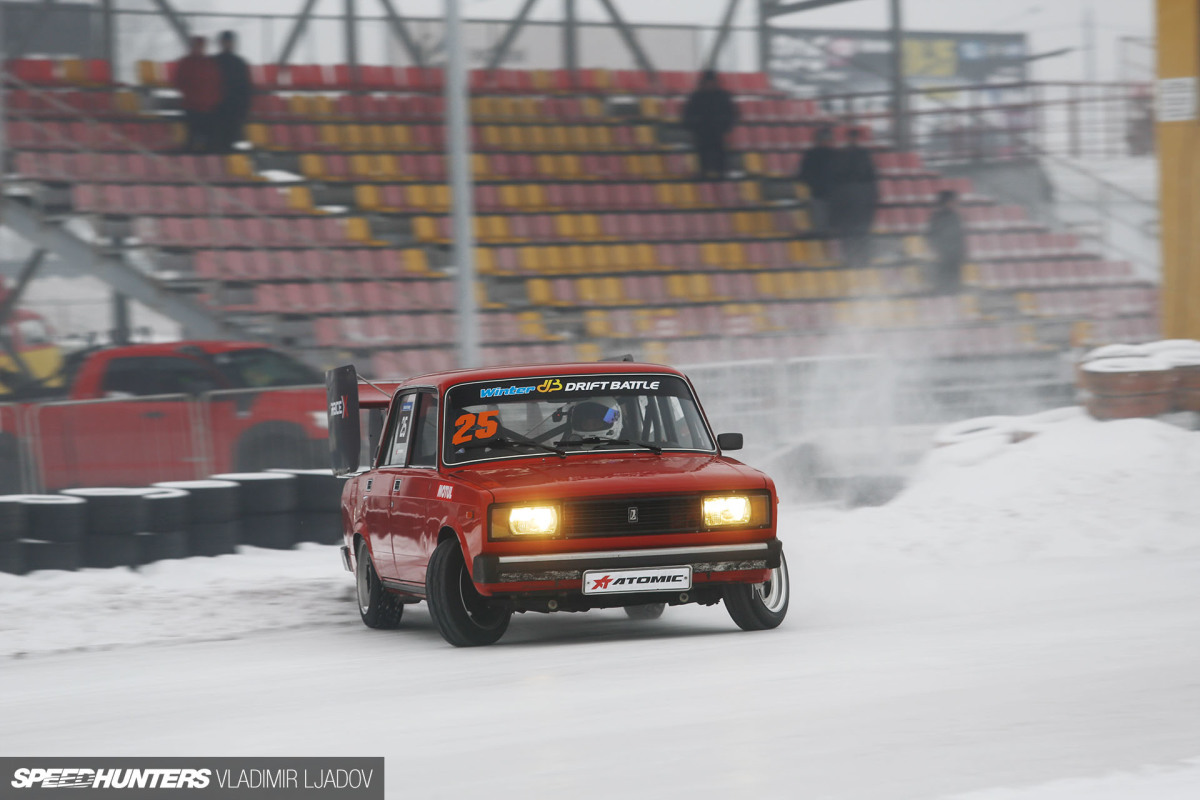
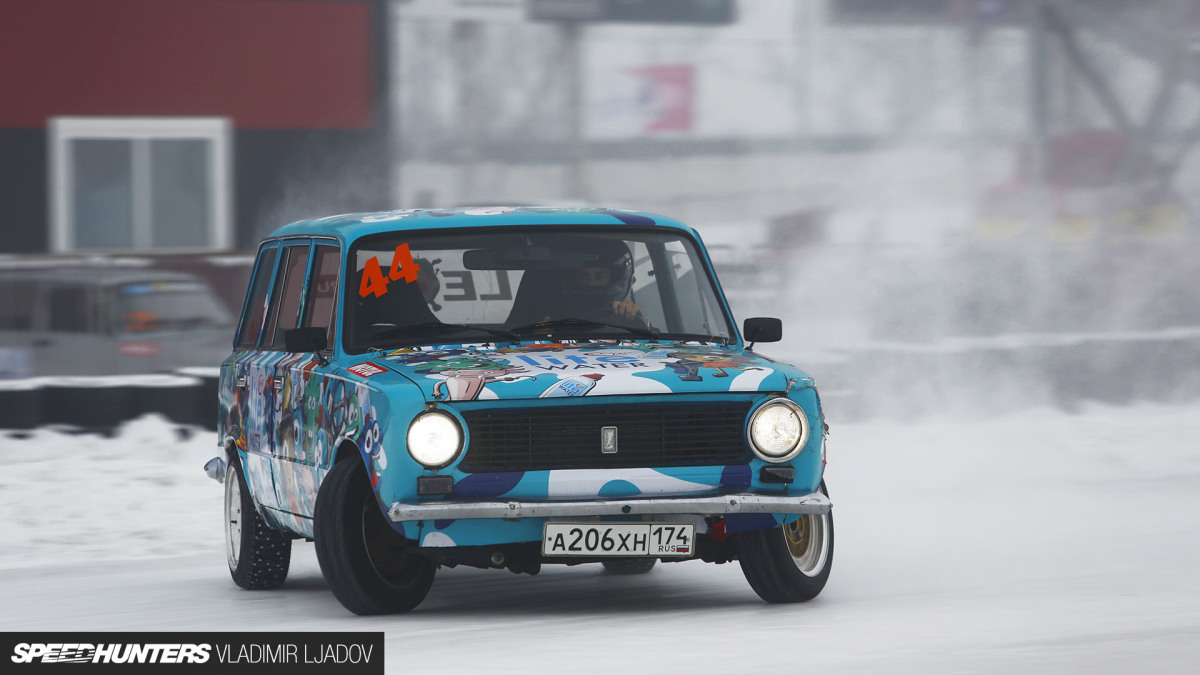
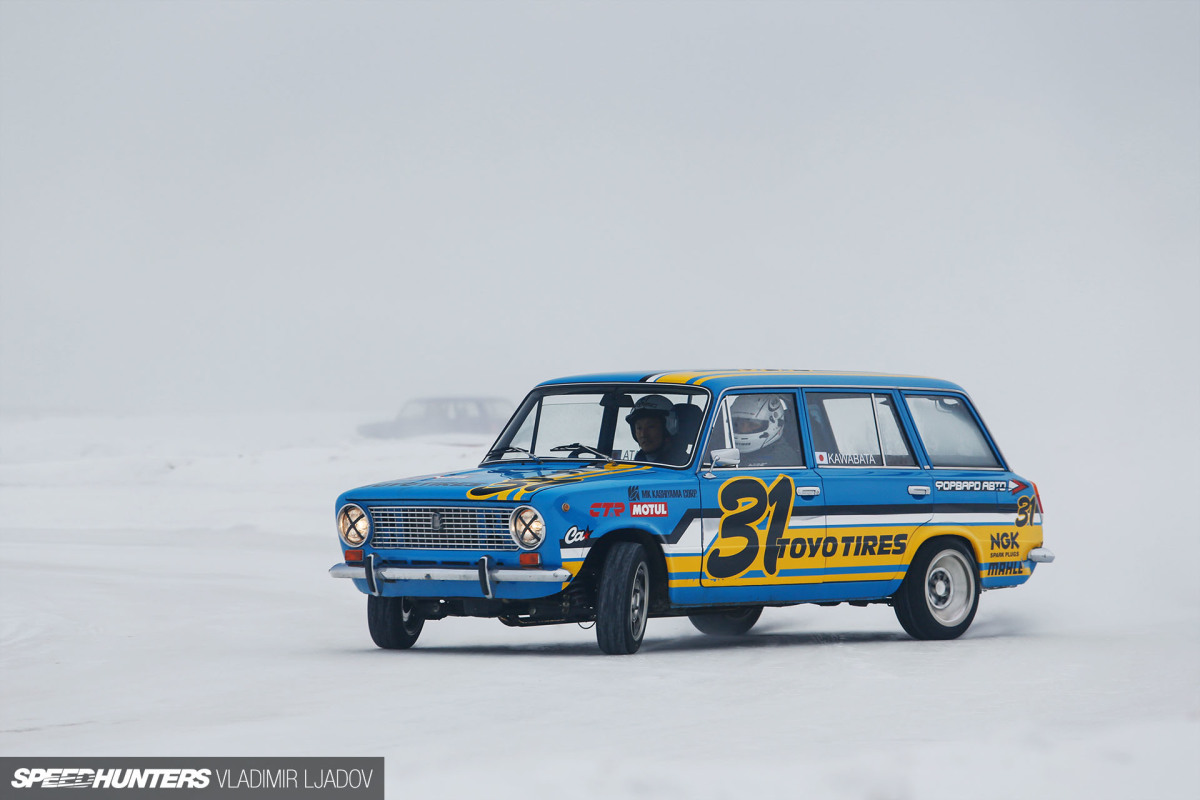
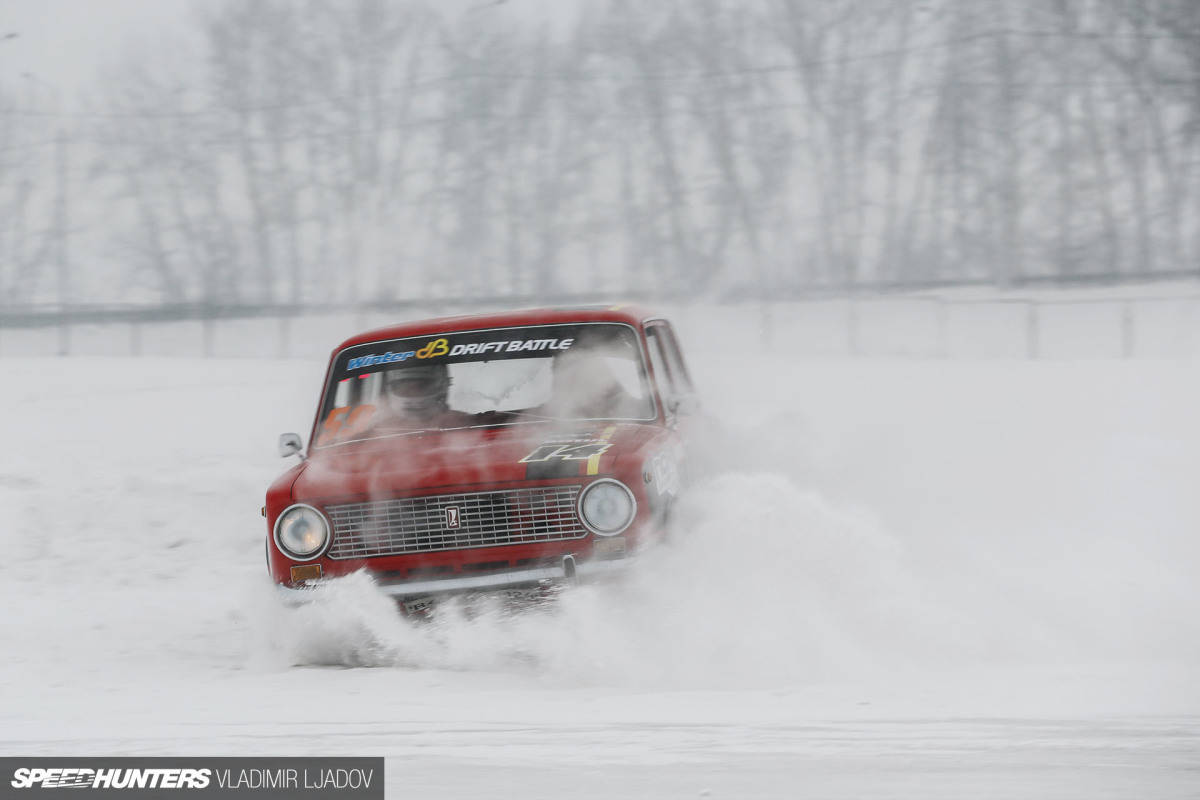

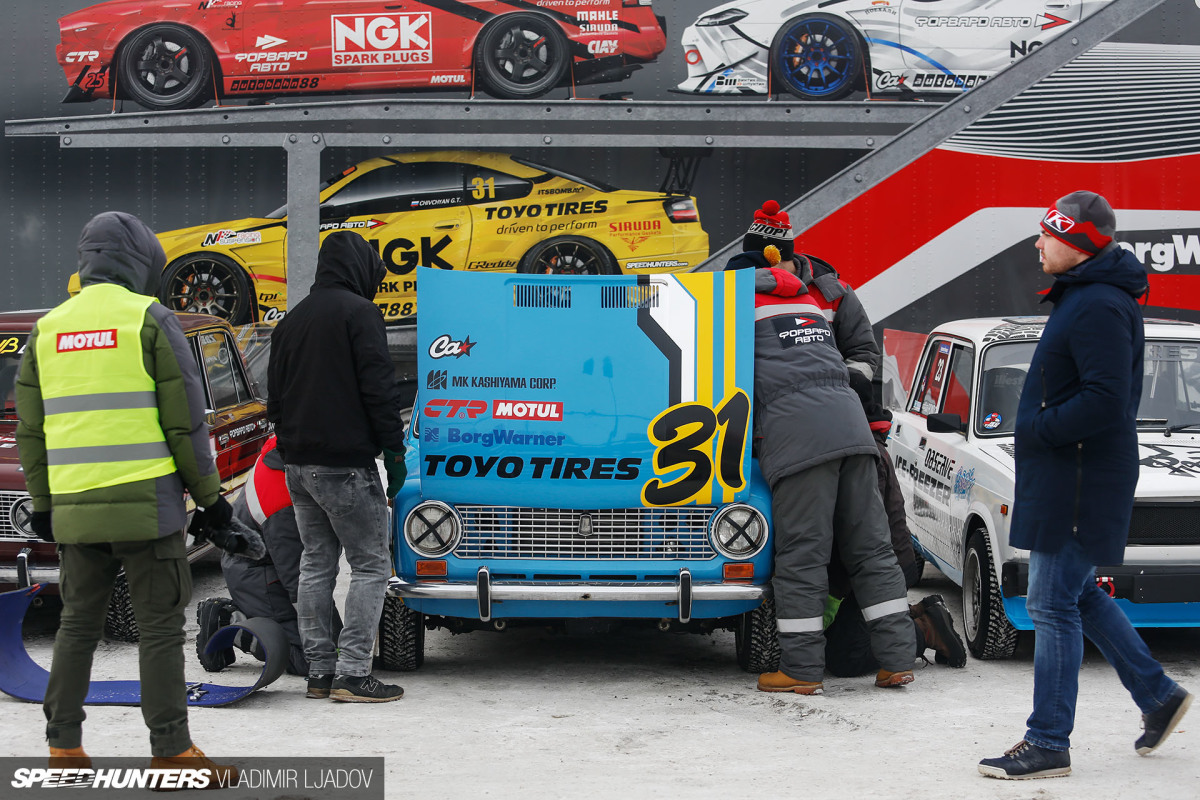
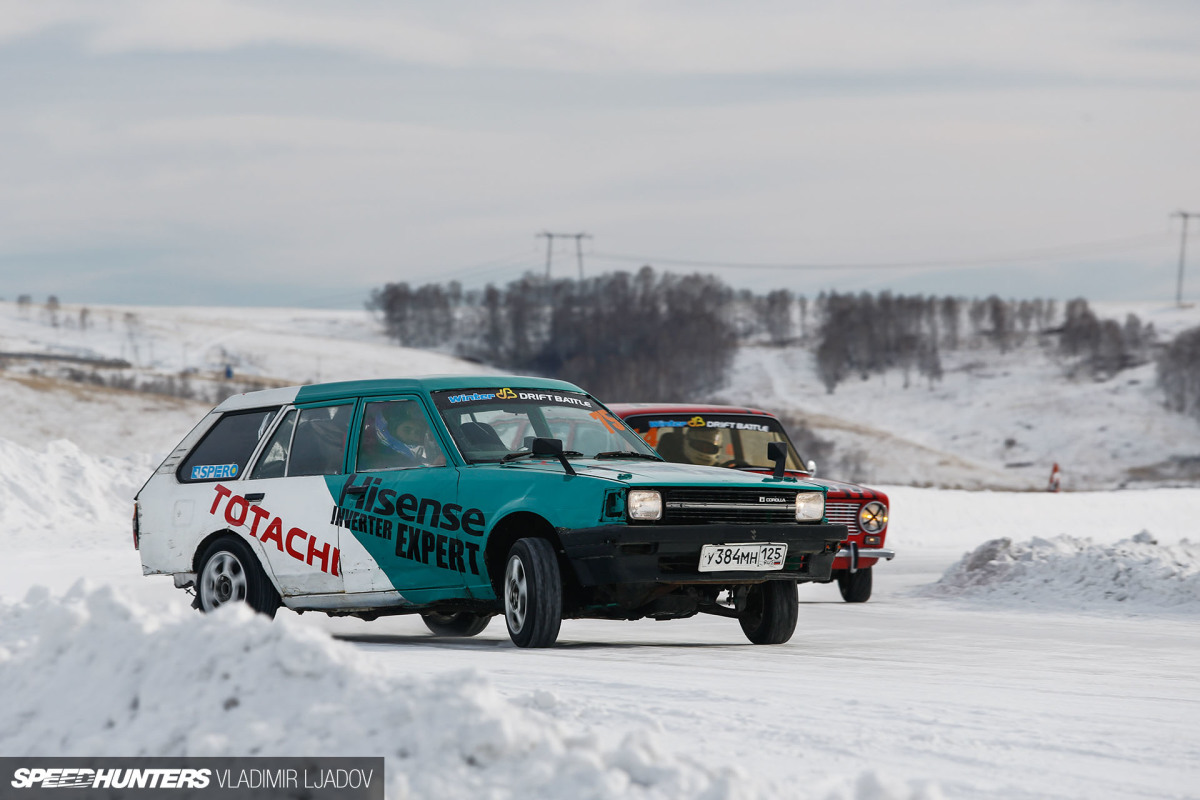

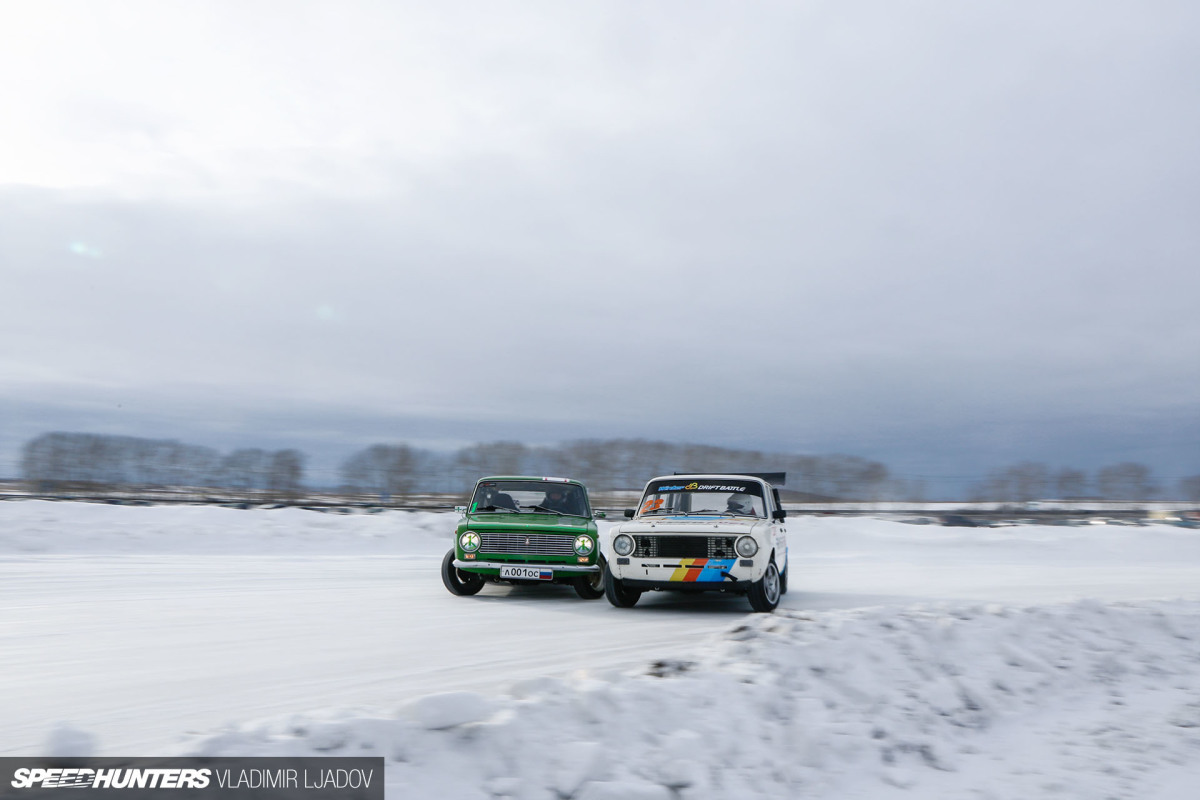
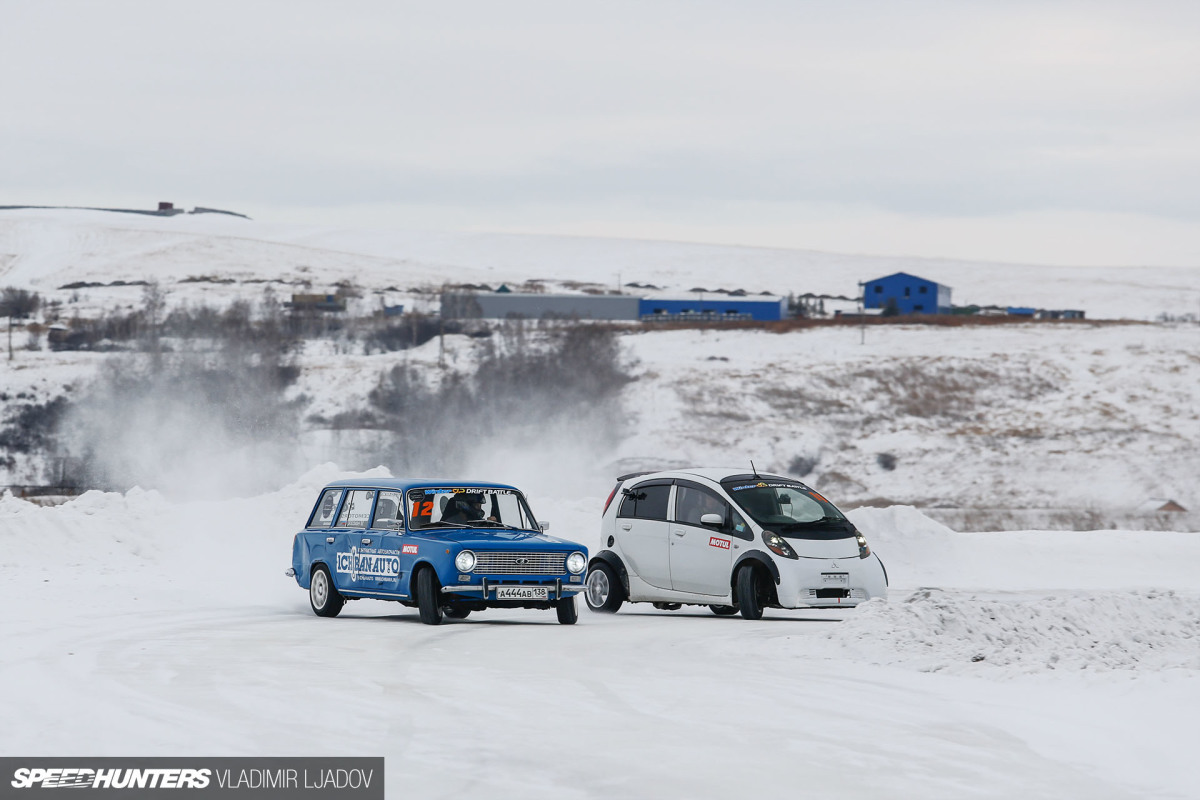
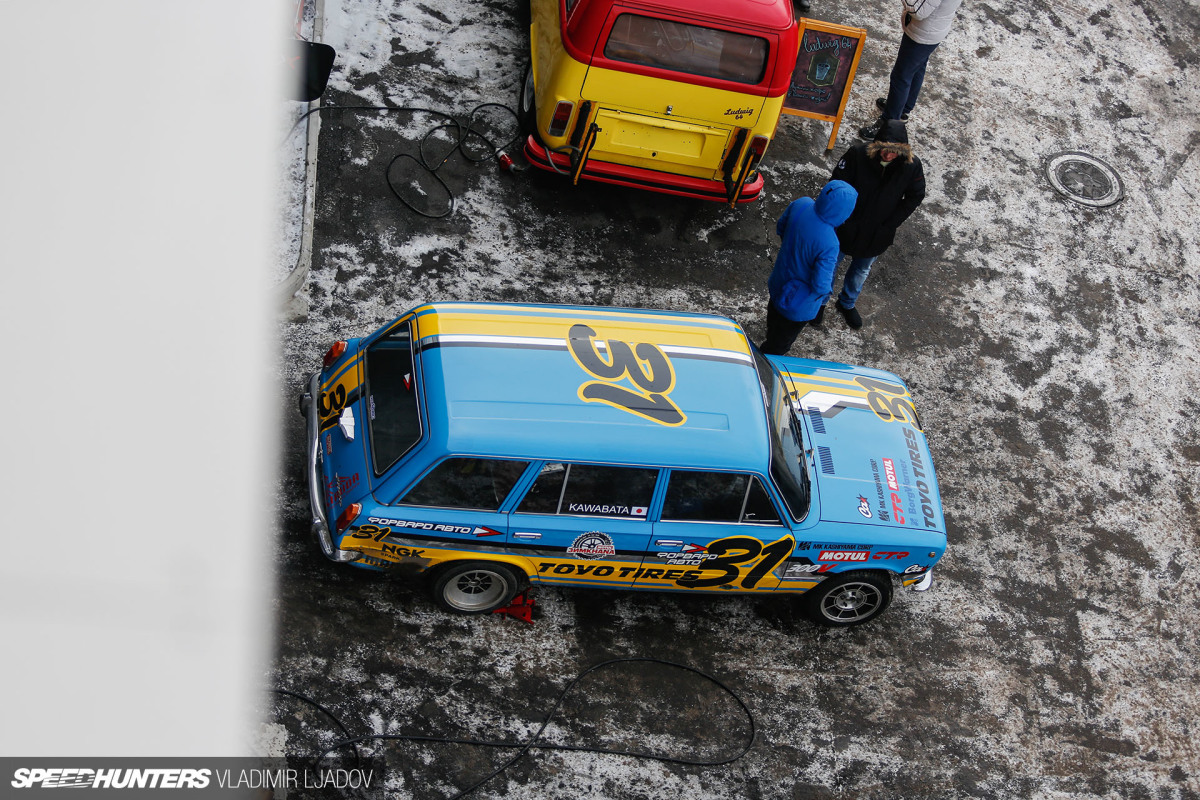
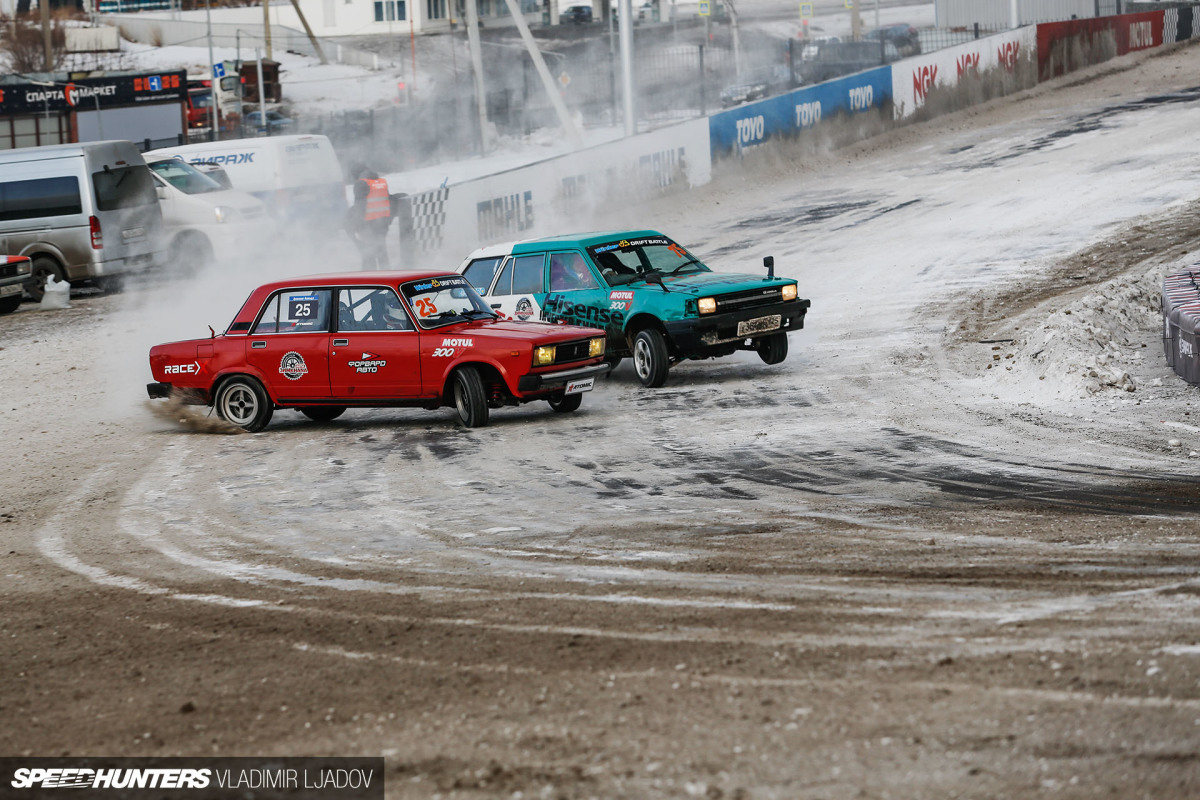






nice article vlad. nice to see a fresh face in the speedhunters roster.
Hello everyone! The article began with a story about Evgeny Losev. Strong and interesting pilot. ✌ All the pilots in these competitions showed their great skills..
I want to note the pilot from Siberia-Ivan Nikulin. In our region Ivan is called "mad", which means the most cool! And Ivan represented the brand "HYPER FUEL" on his car. Thanks Ivan for the ride!
This article is unique and interesting
bosdomino
bosdomino
bosdomino
bosdomino
bosdomino
No roll cage on these cars.
it's 50/50. A lot of them are will roll cages
https://docs.google.com/document/d/1menVaGunm3bJPf8Yxv20Qn3eAdhrrK0m9fWxGpno1WM/edit#heading=h.7qqf7yccf8zh
Krasnoyarsk the best! Crazy Russians